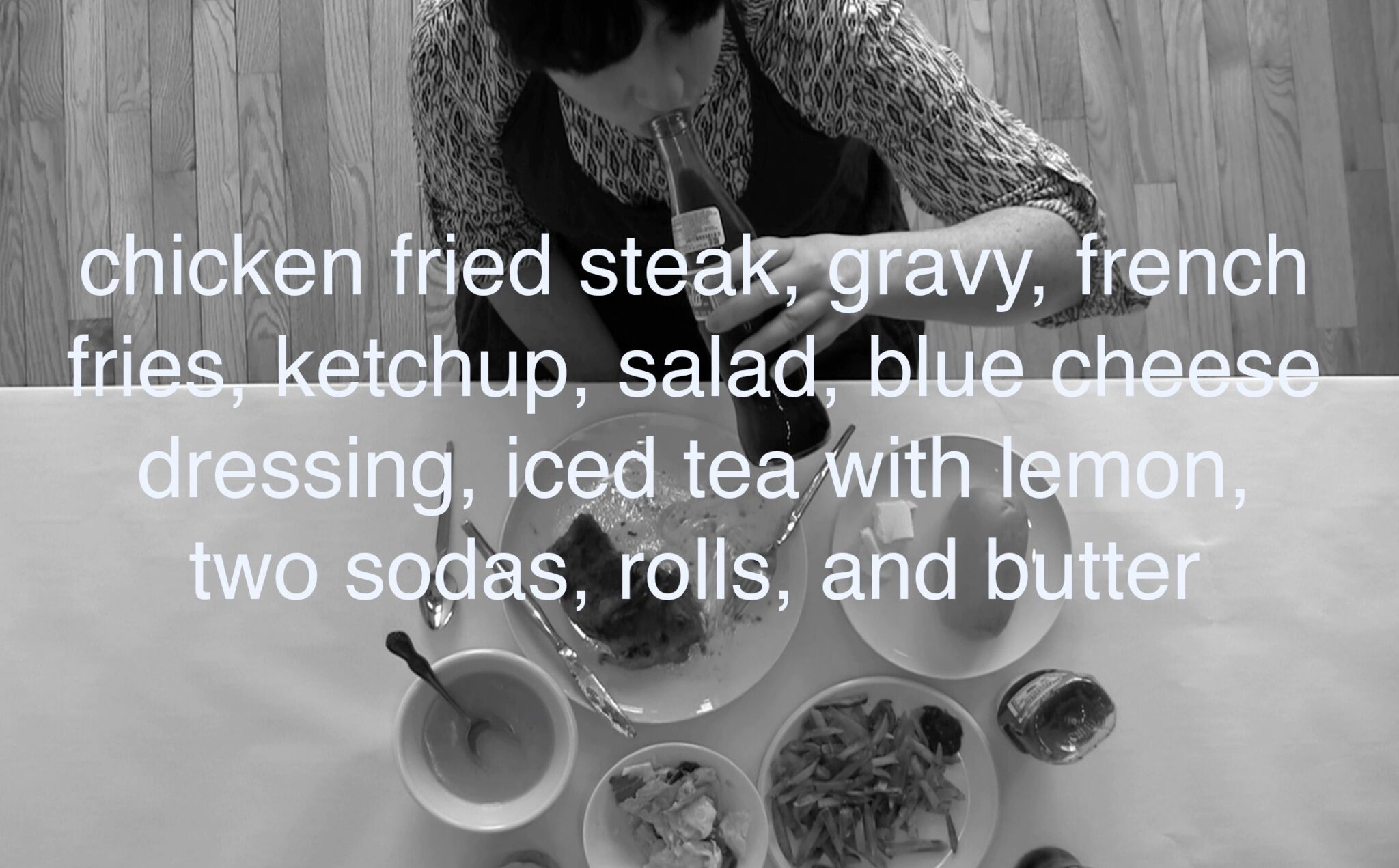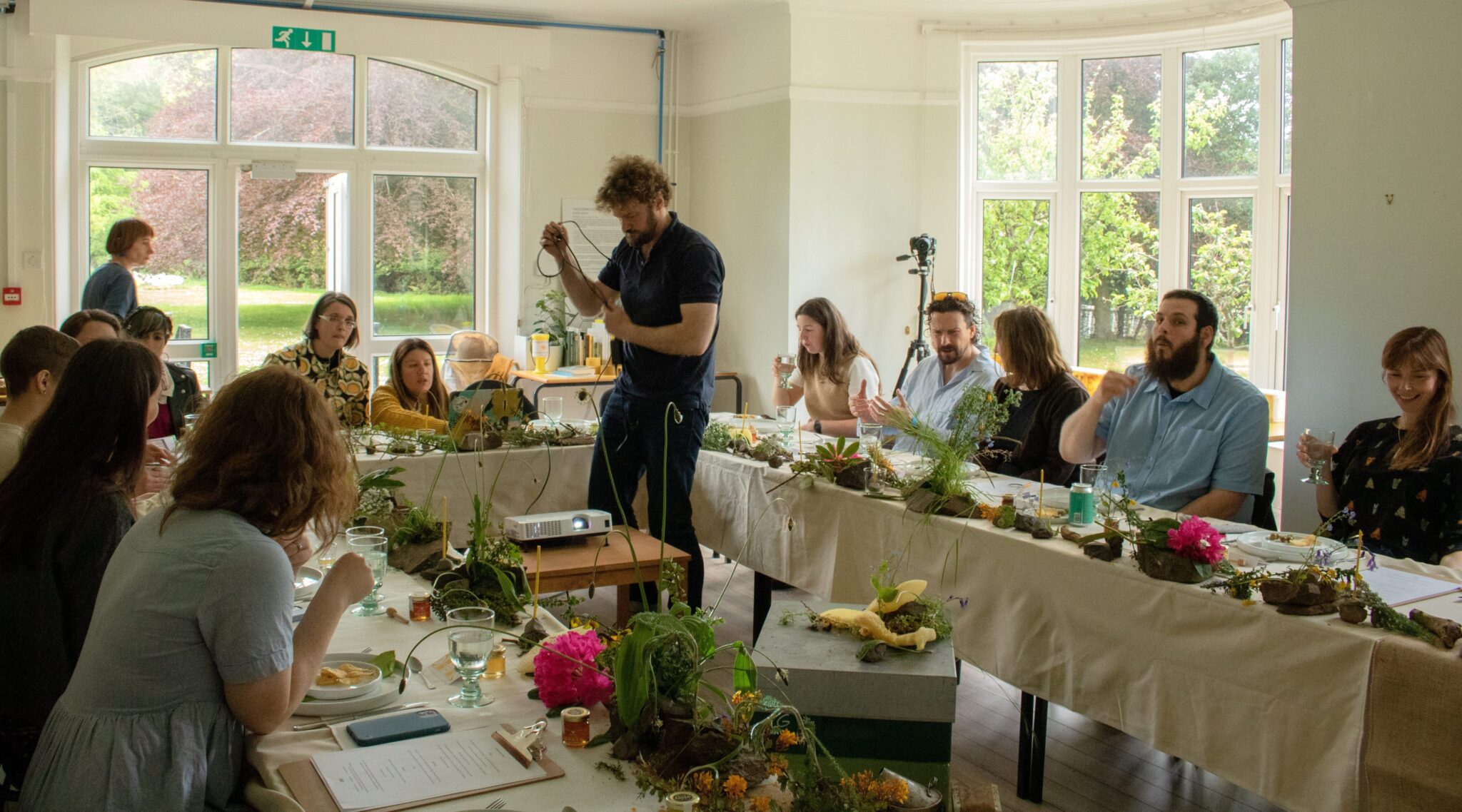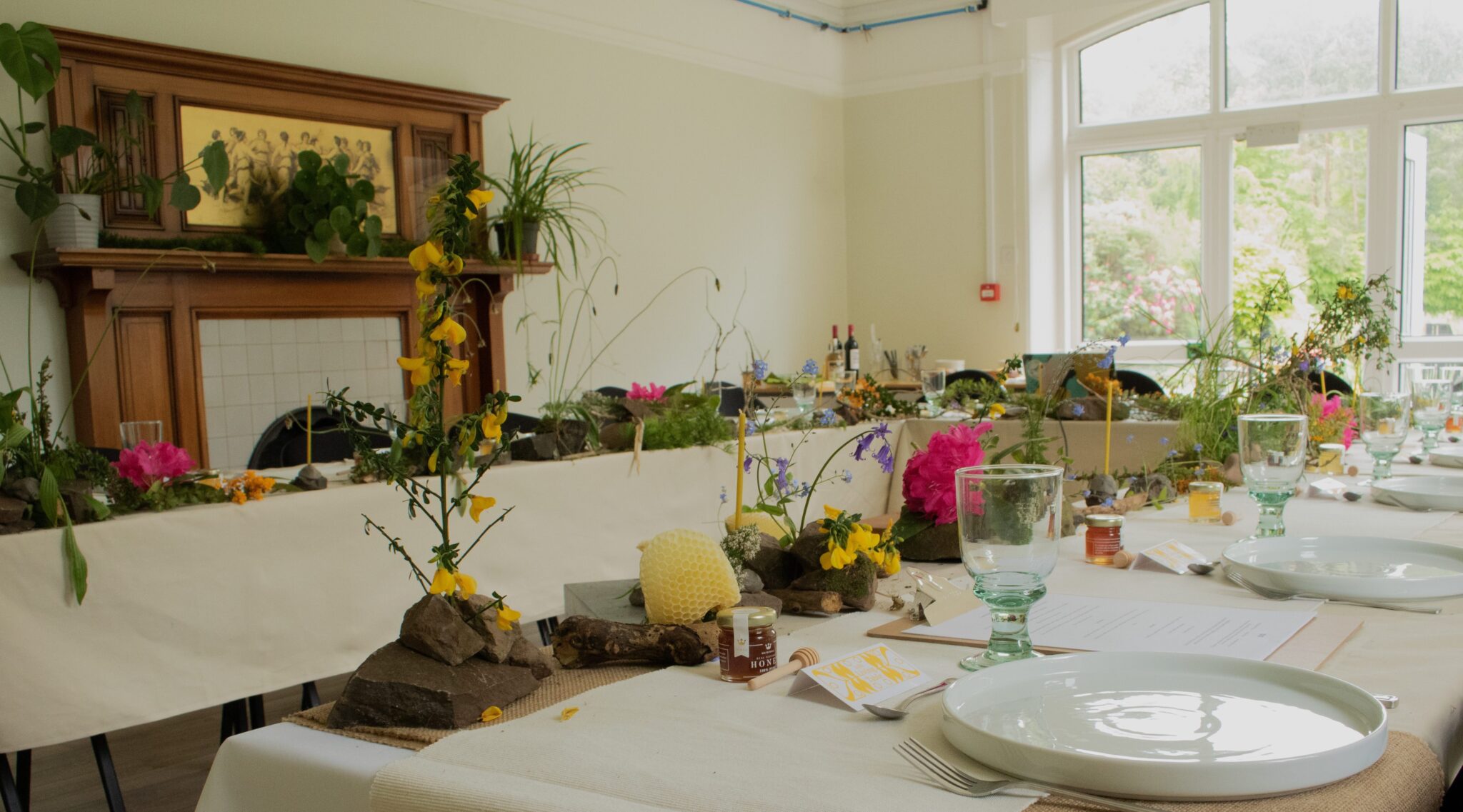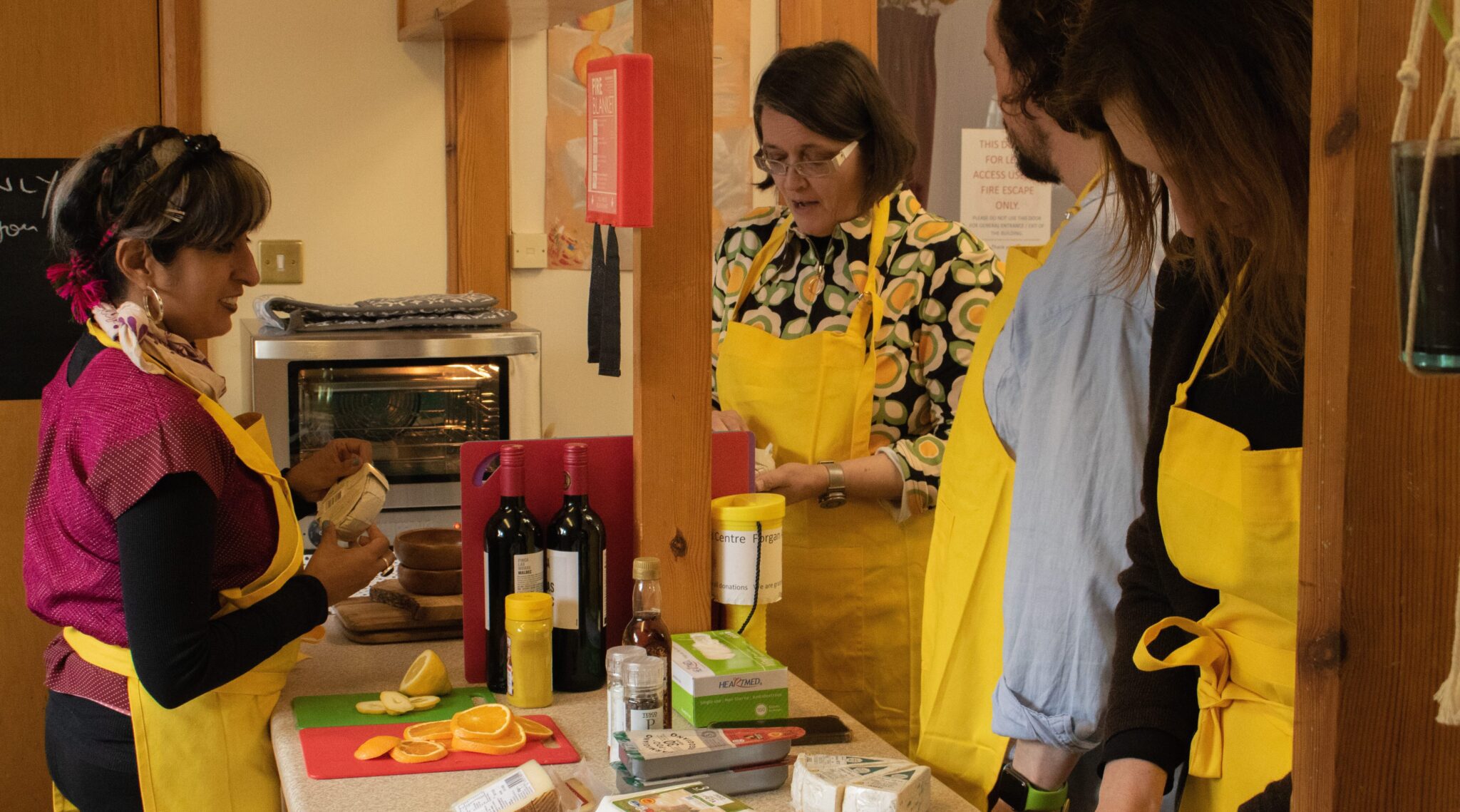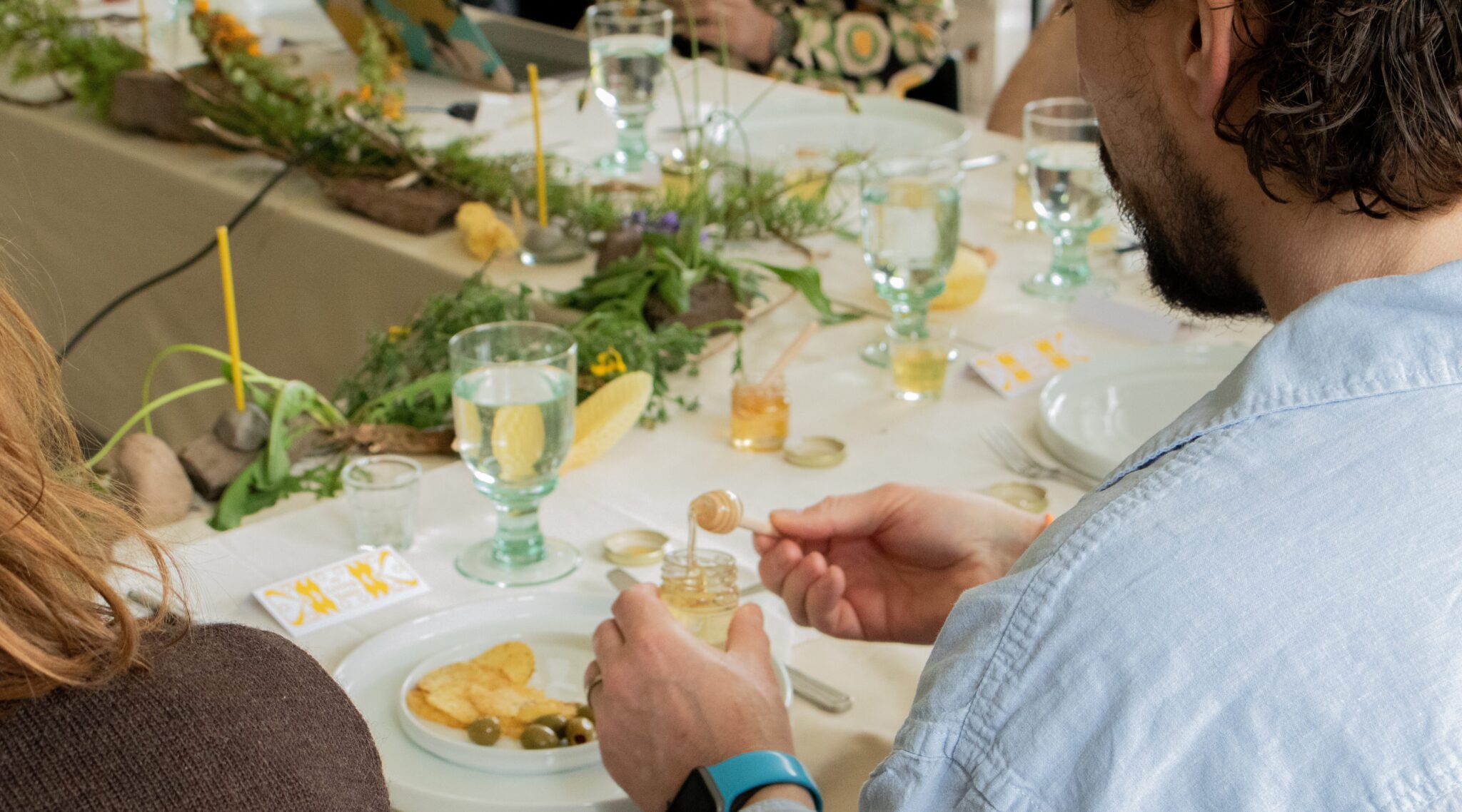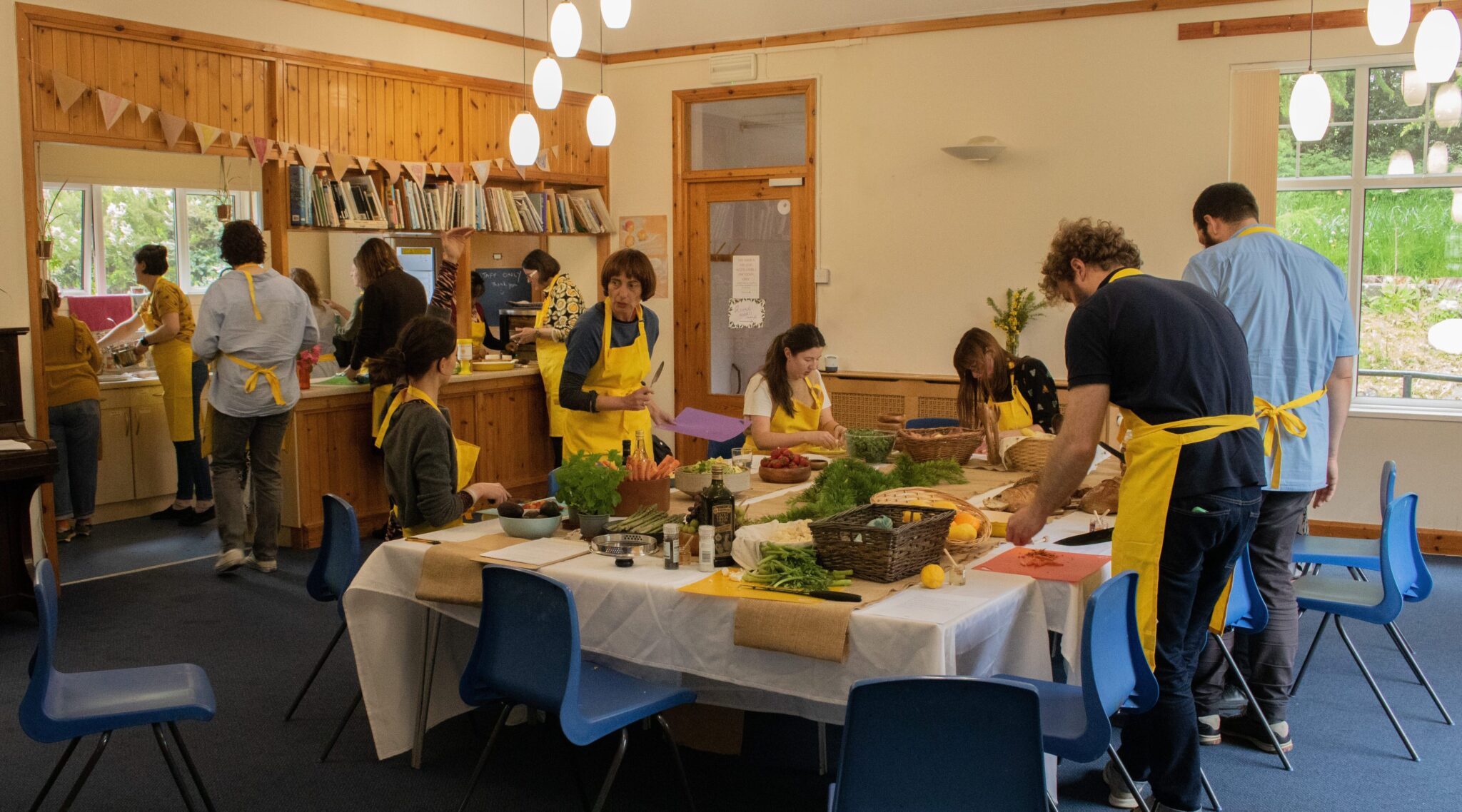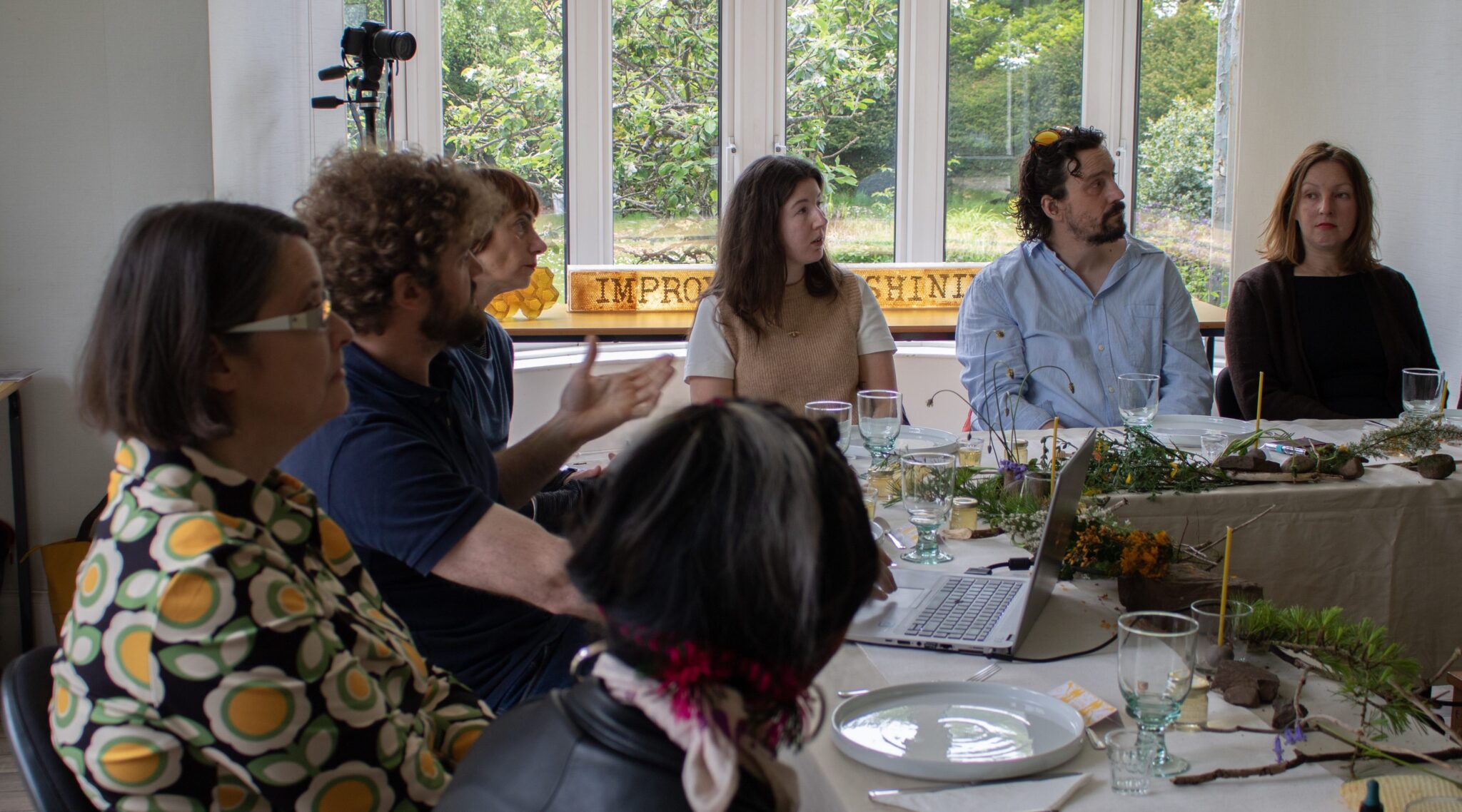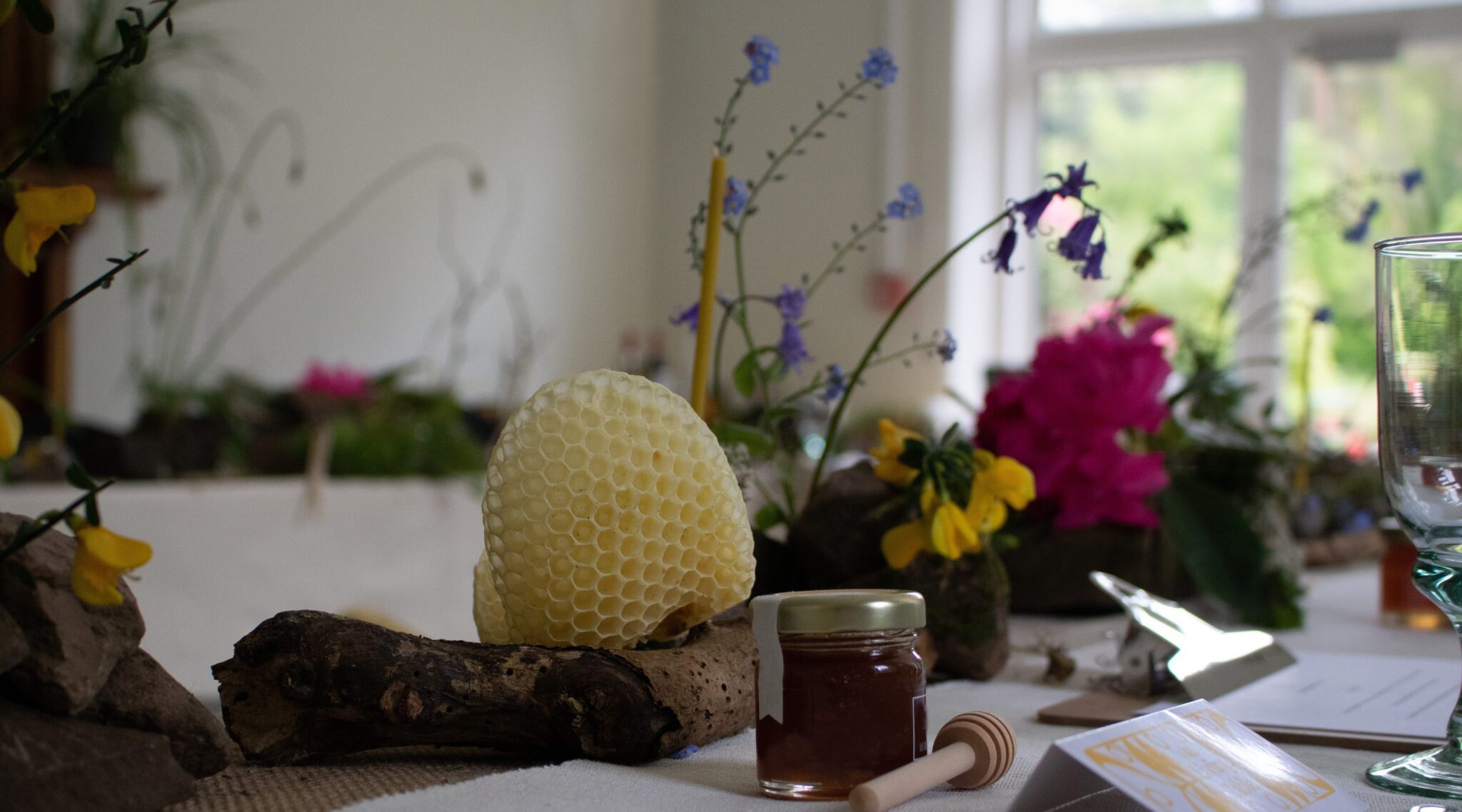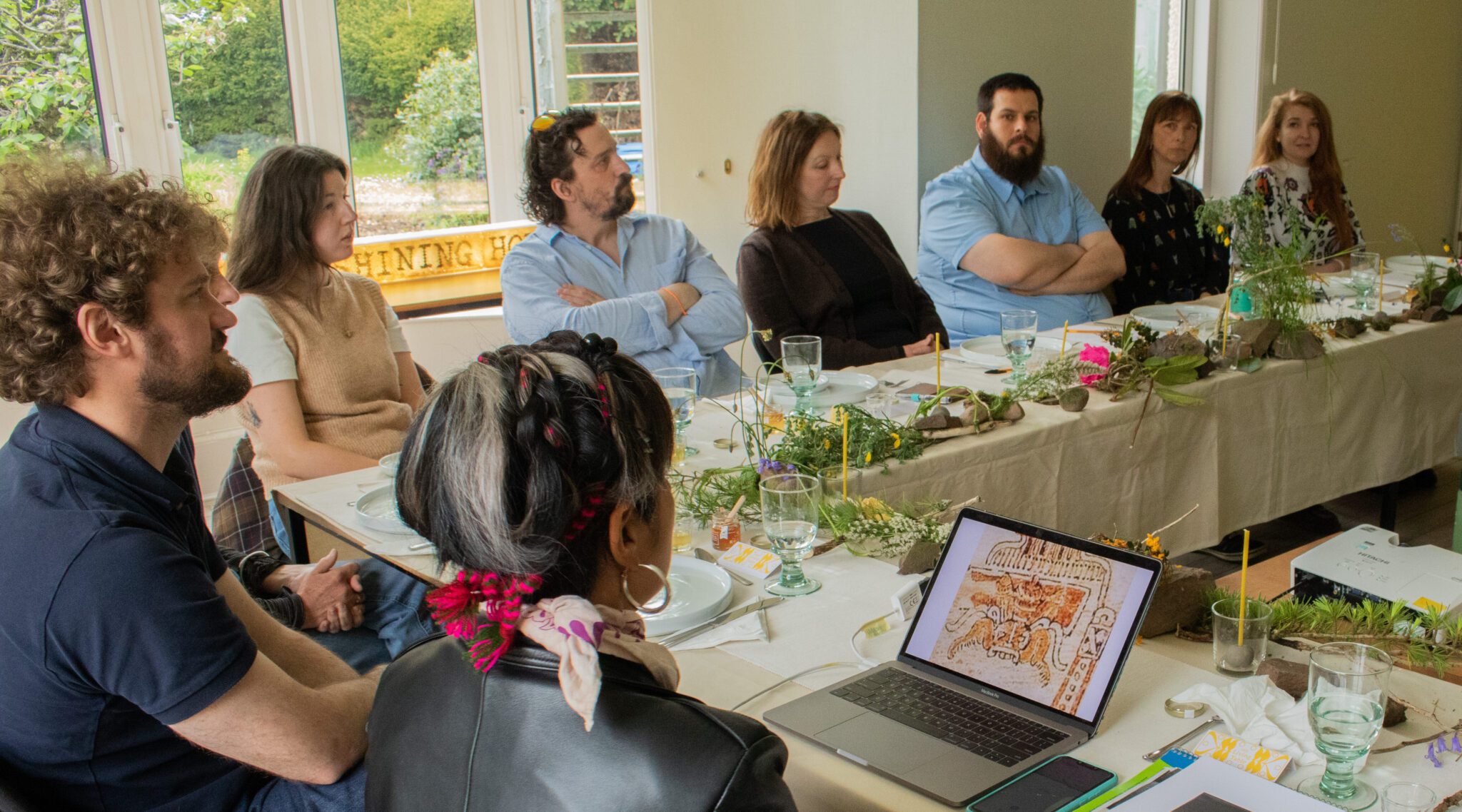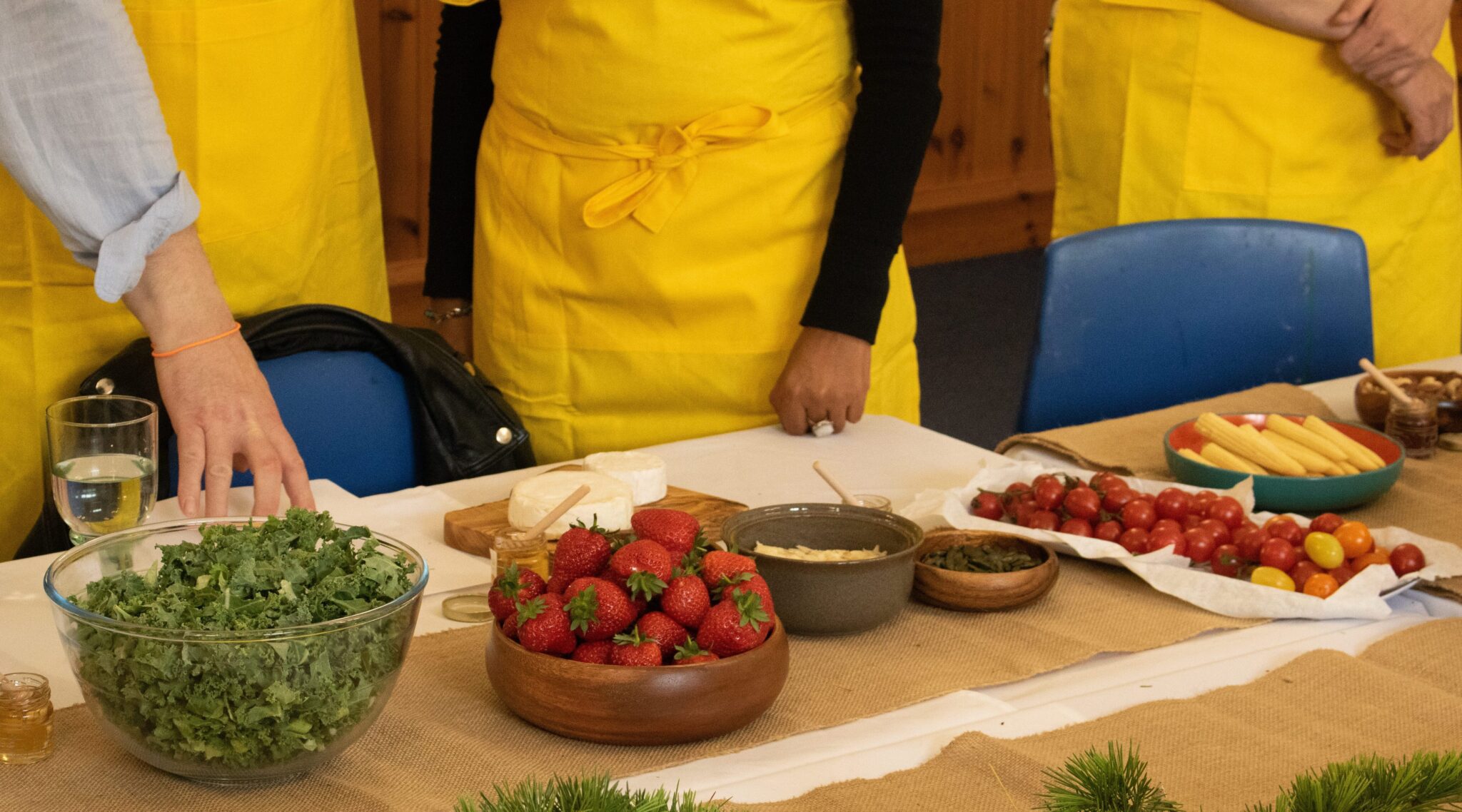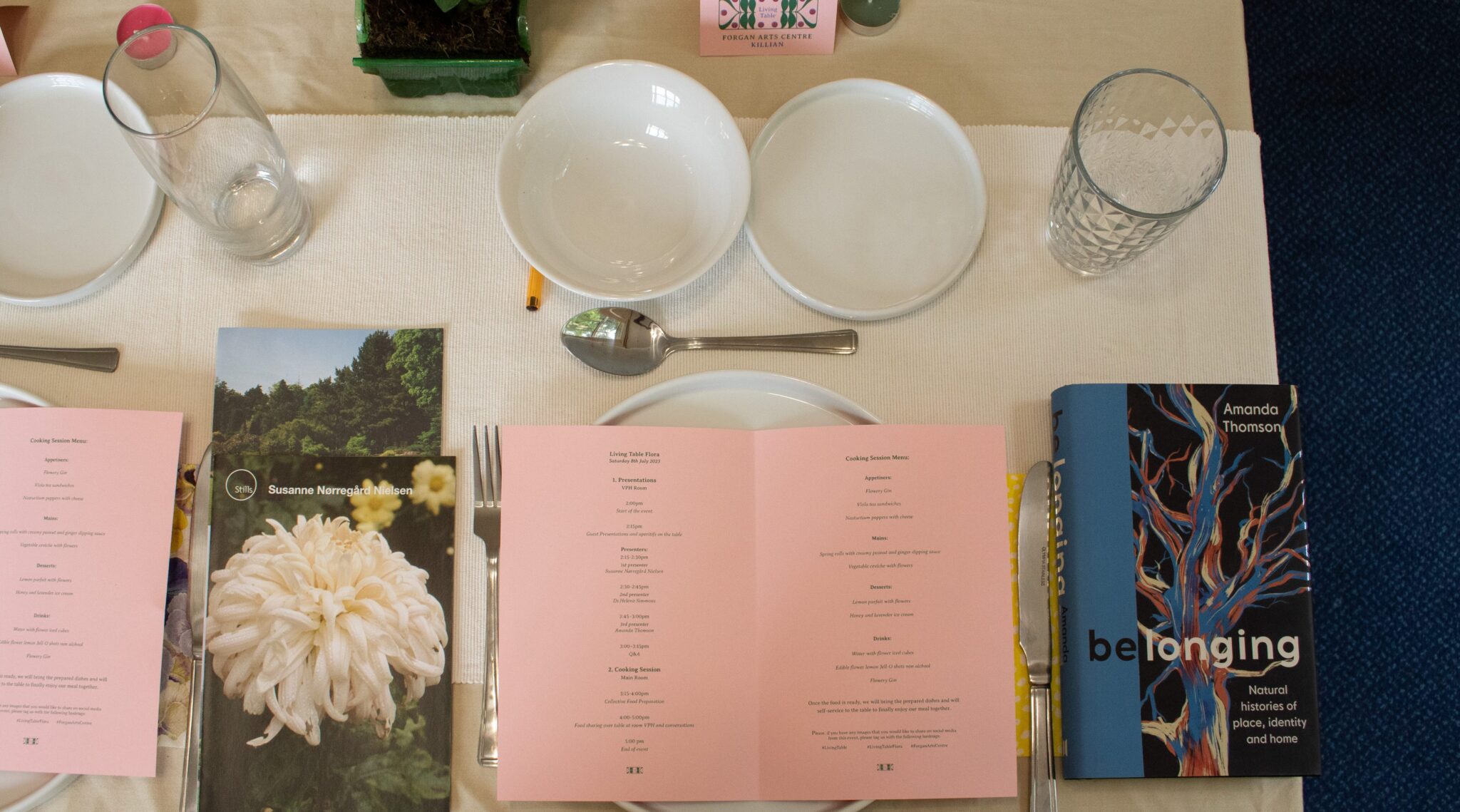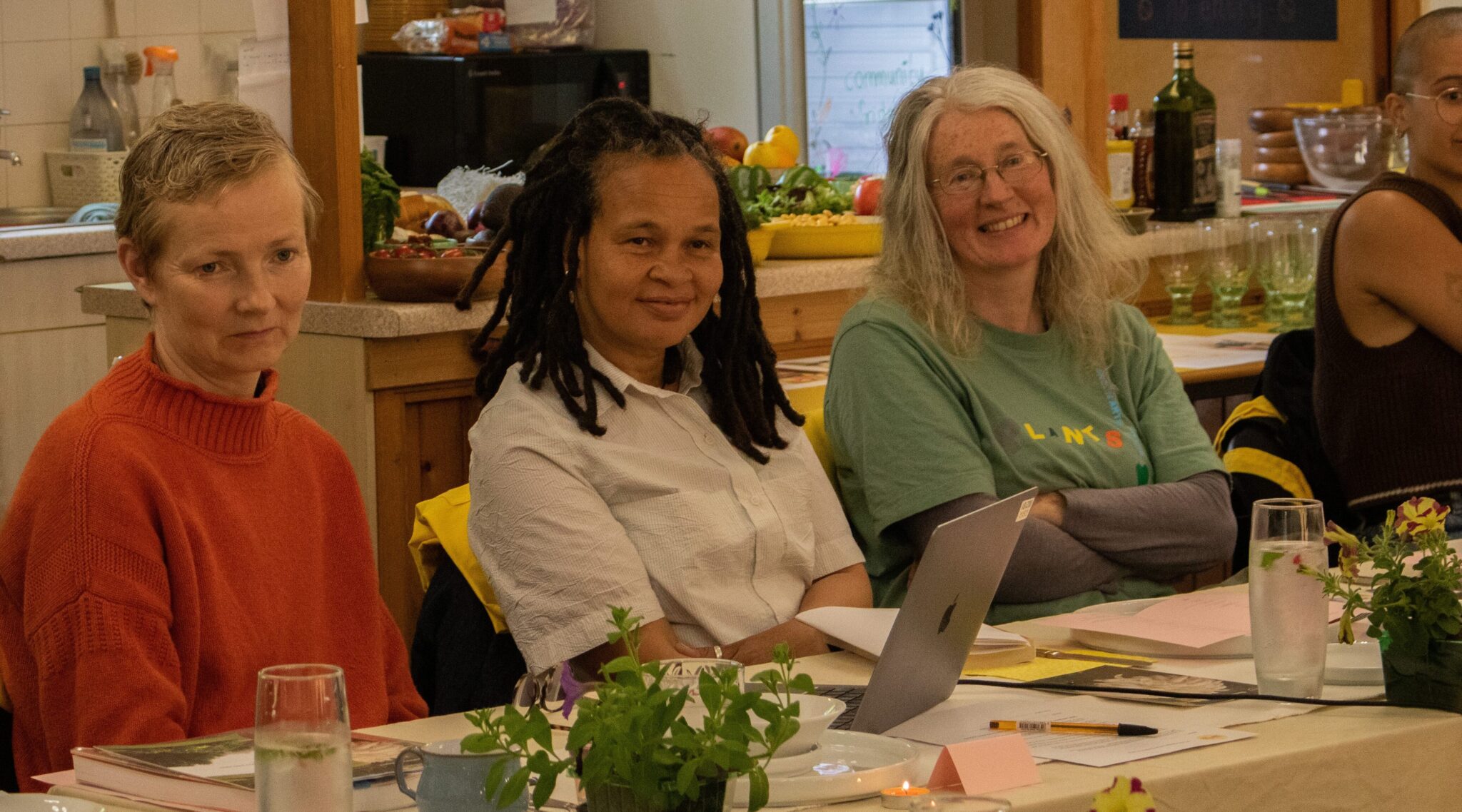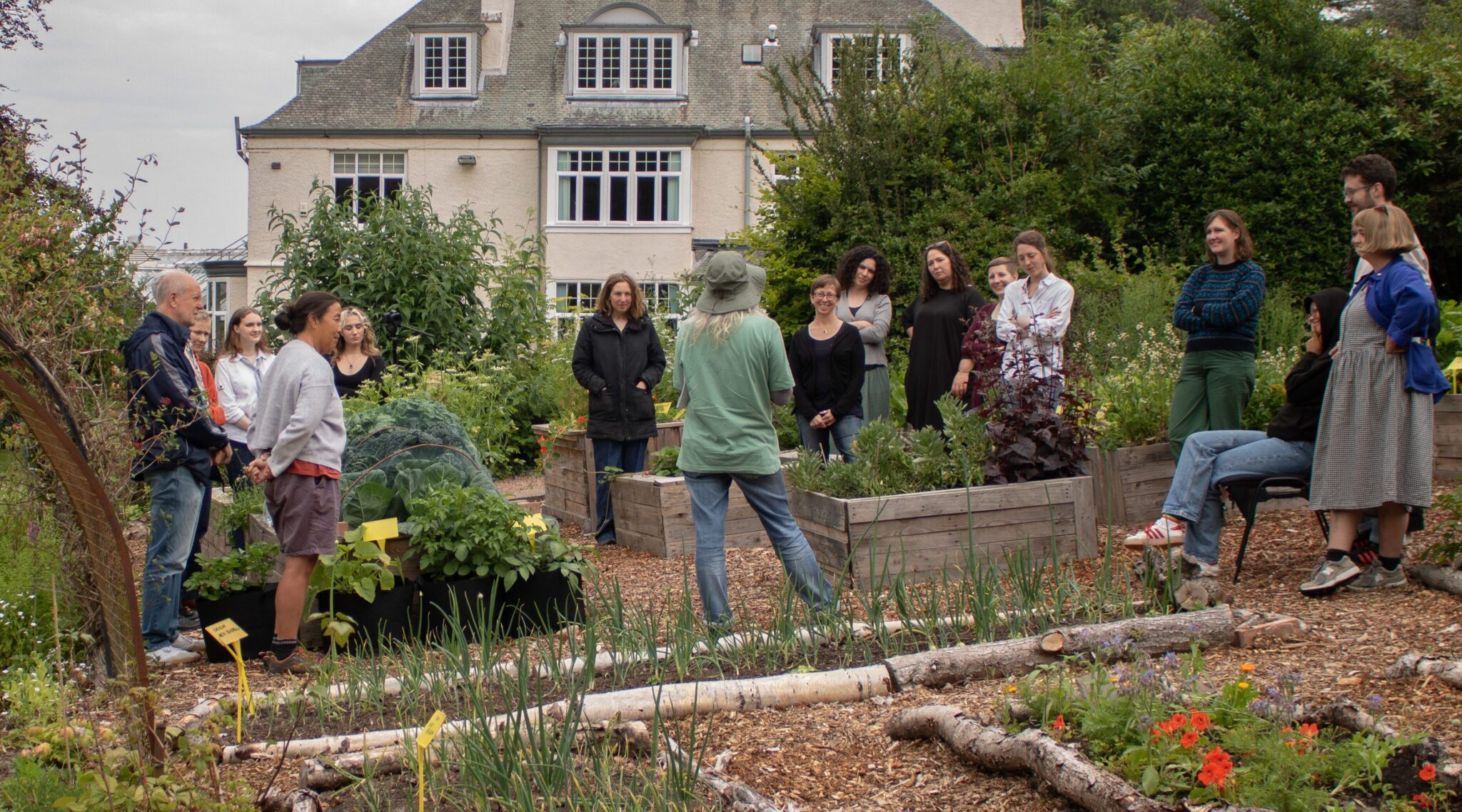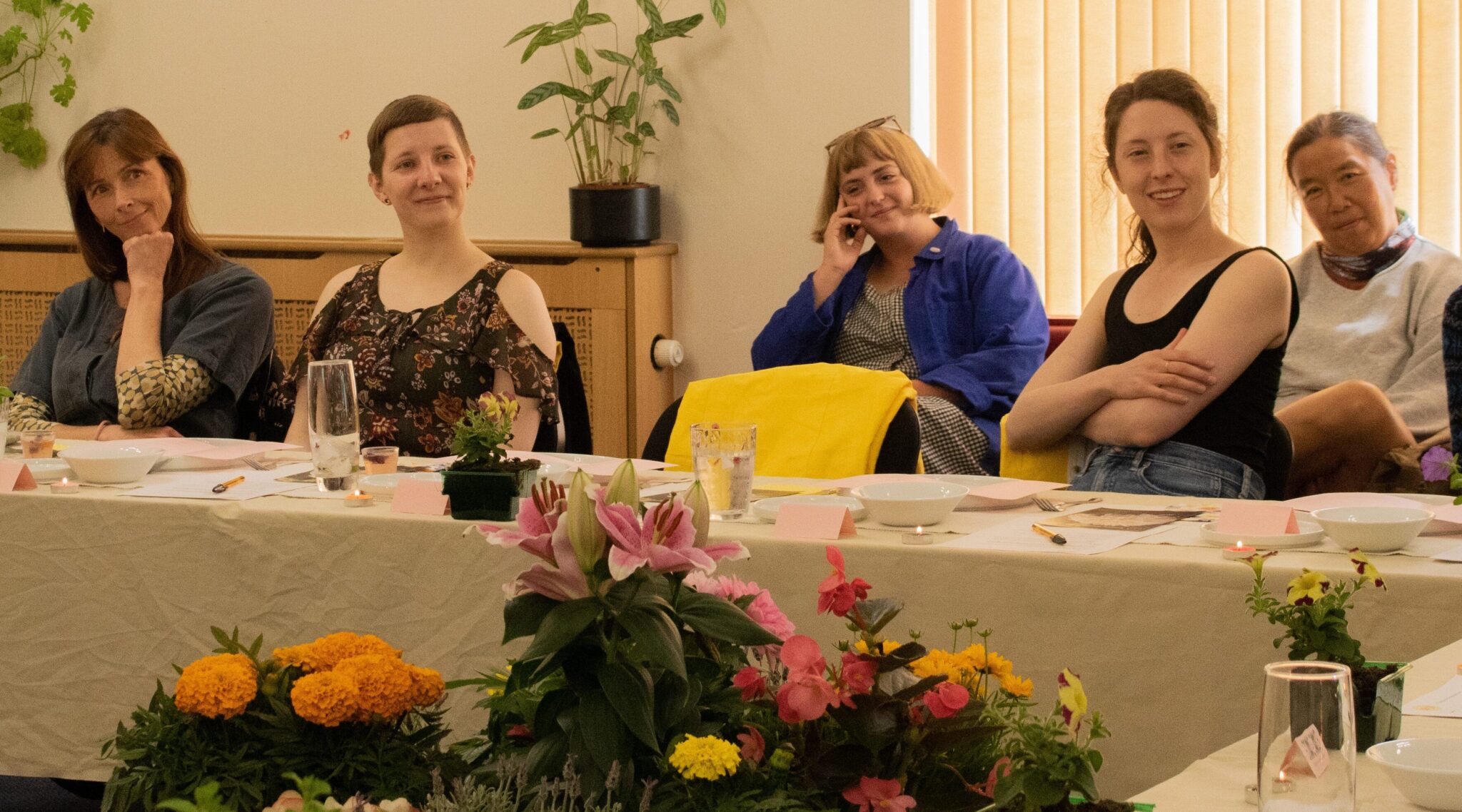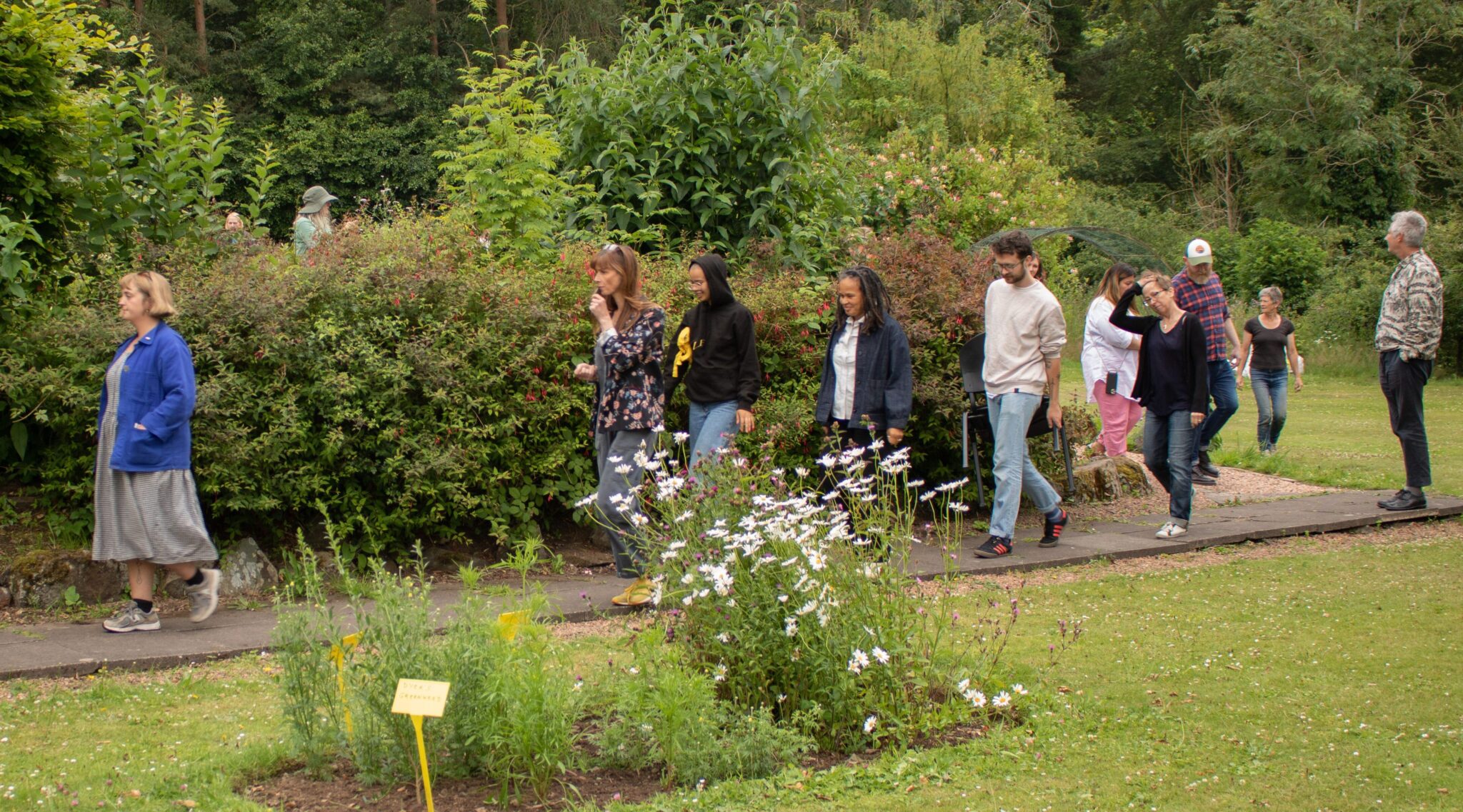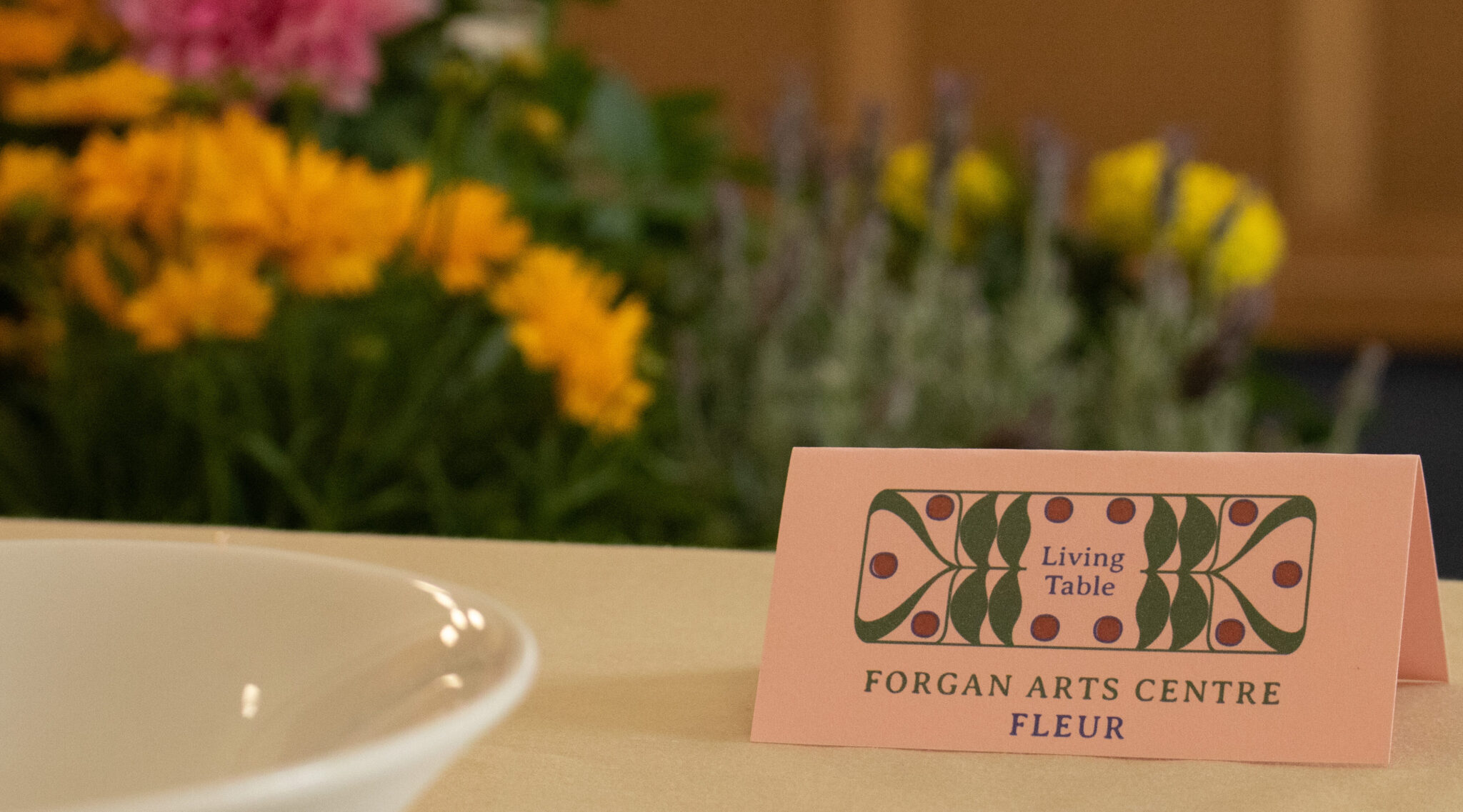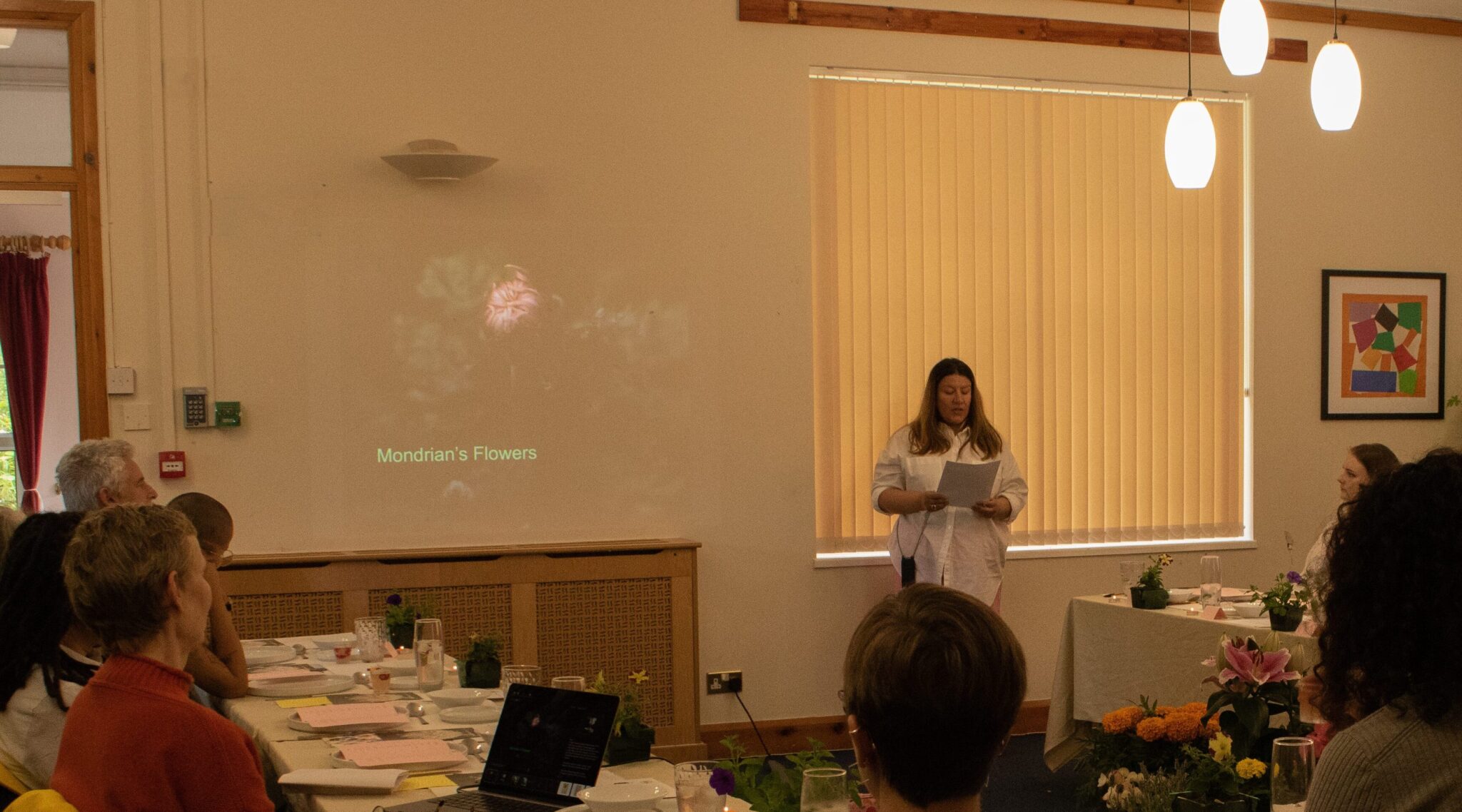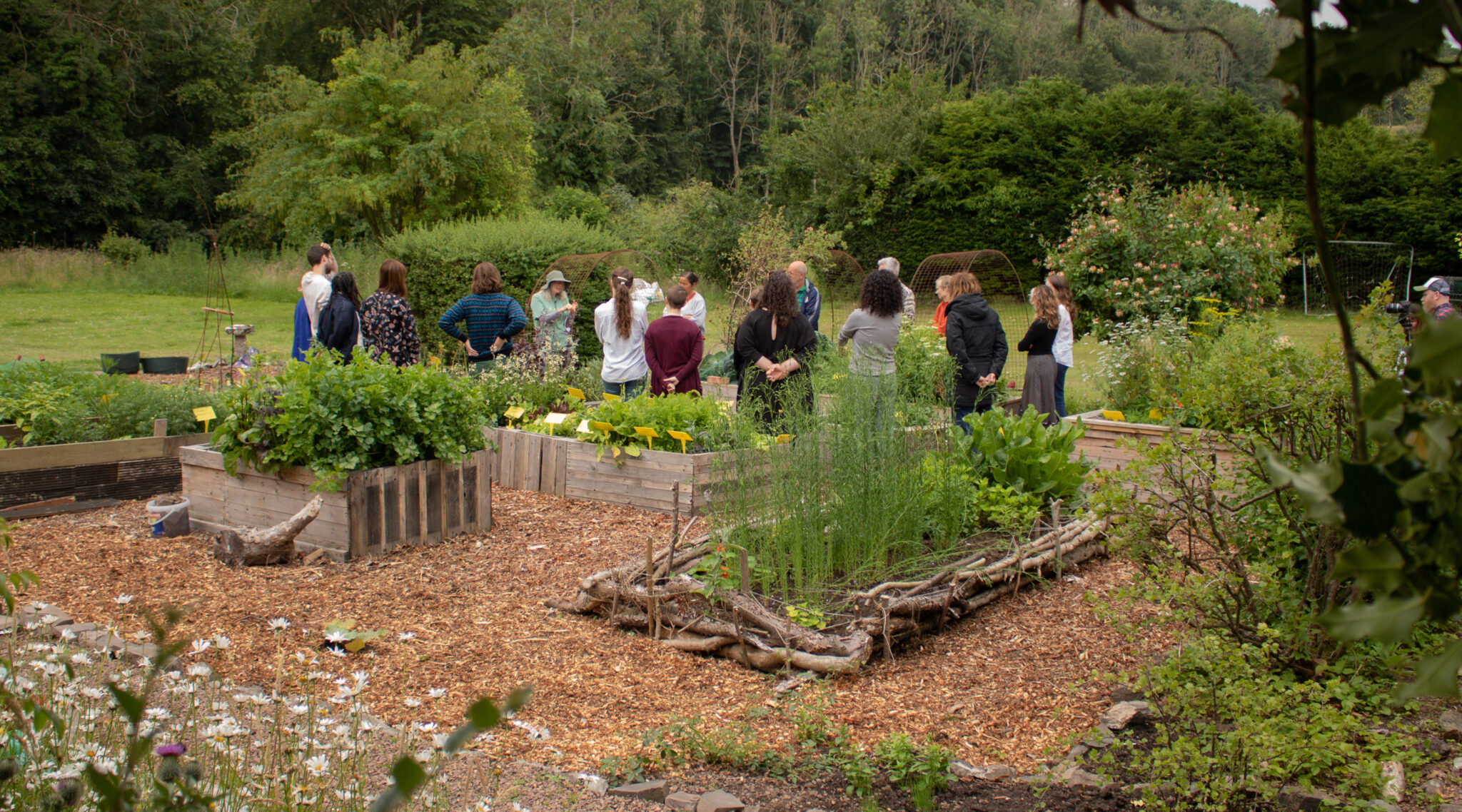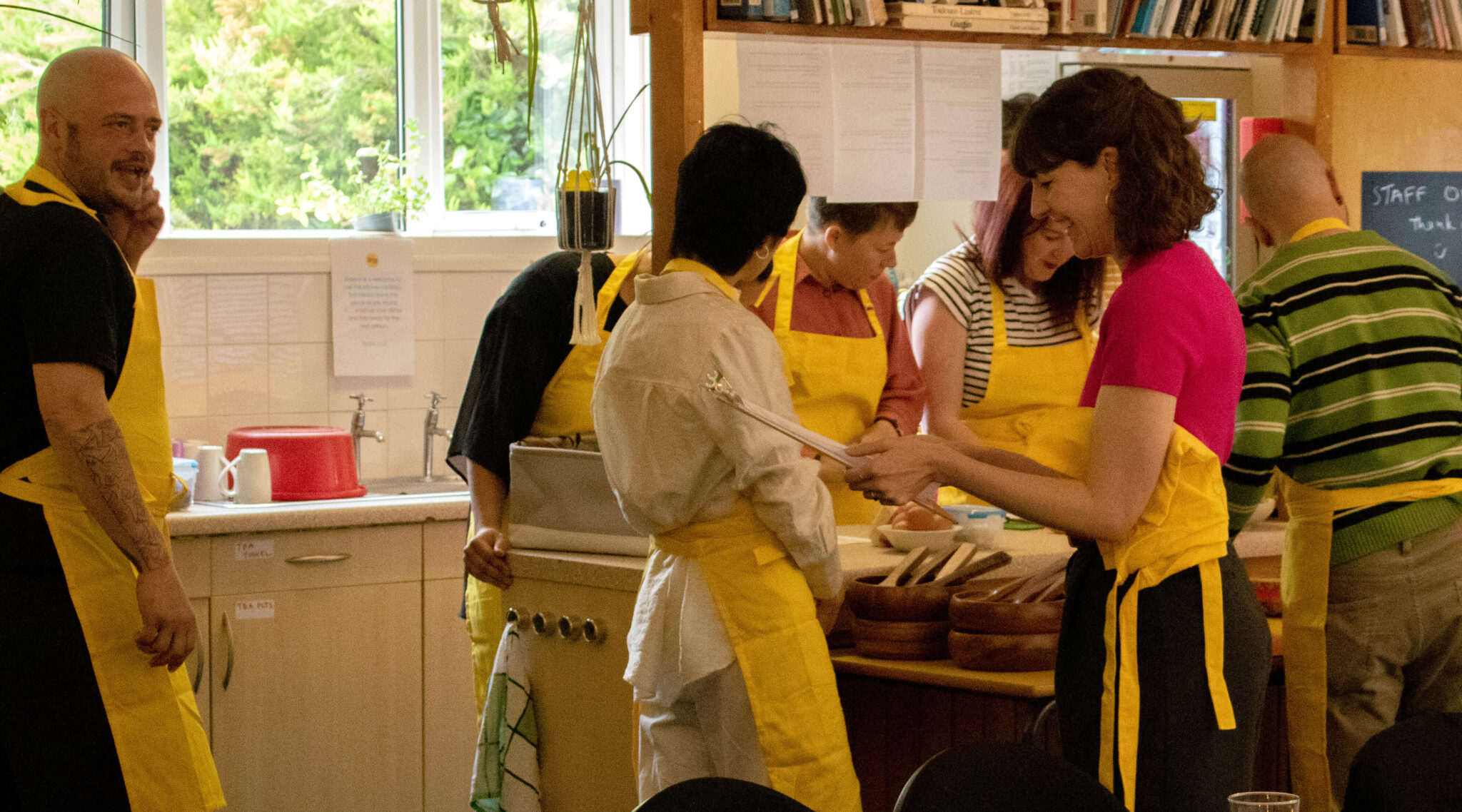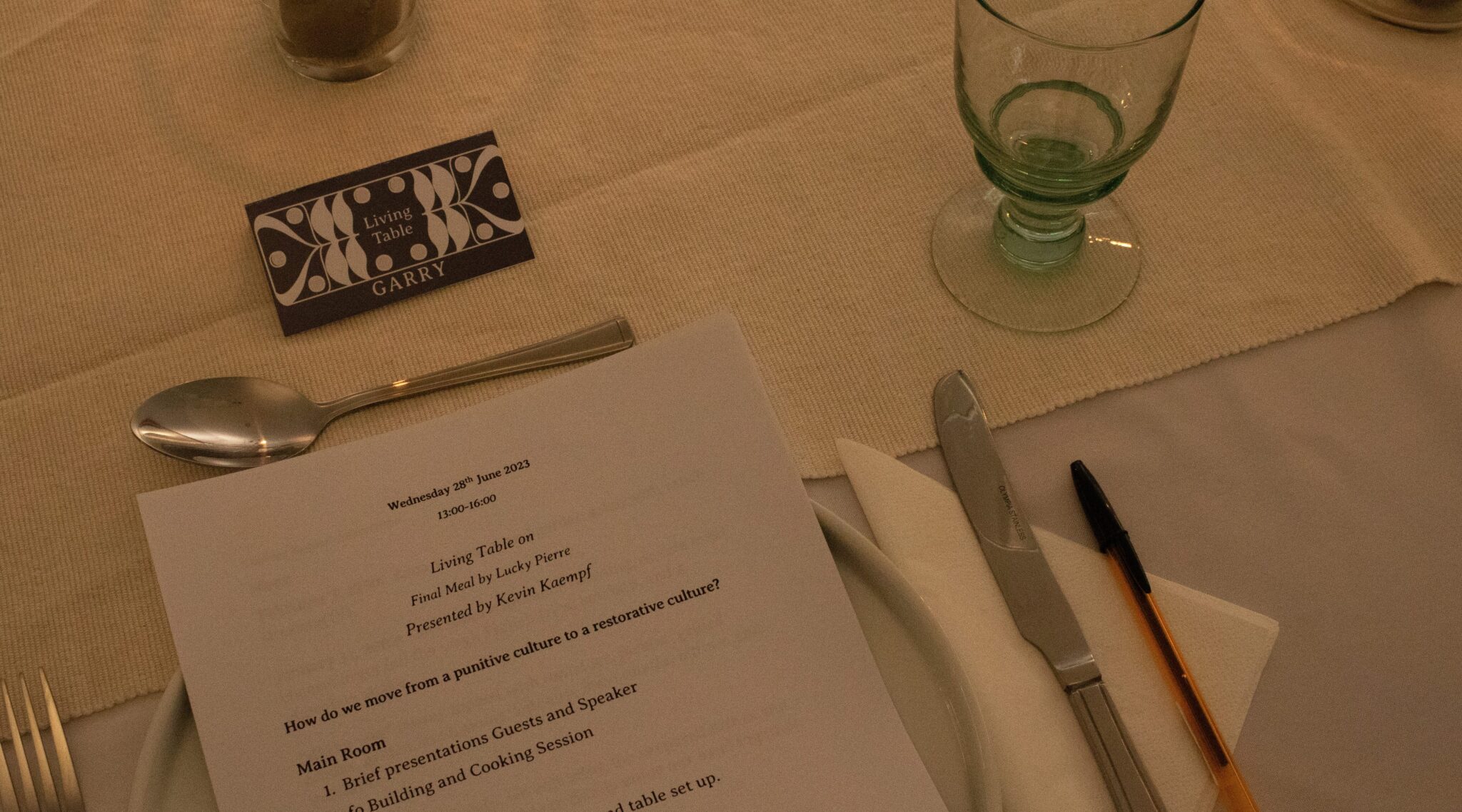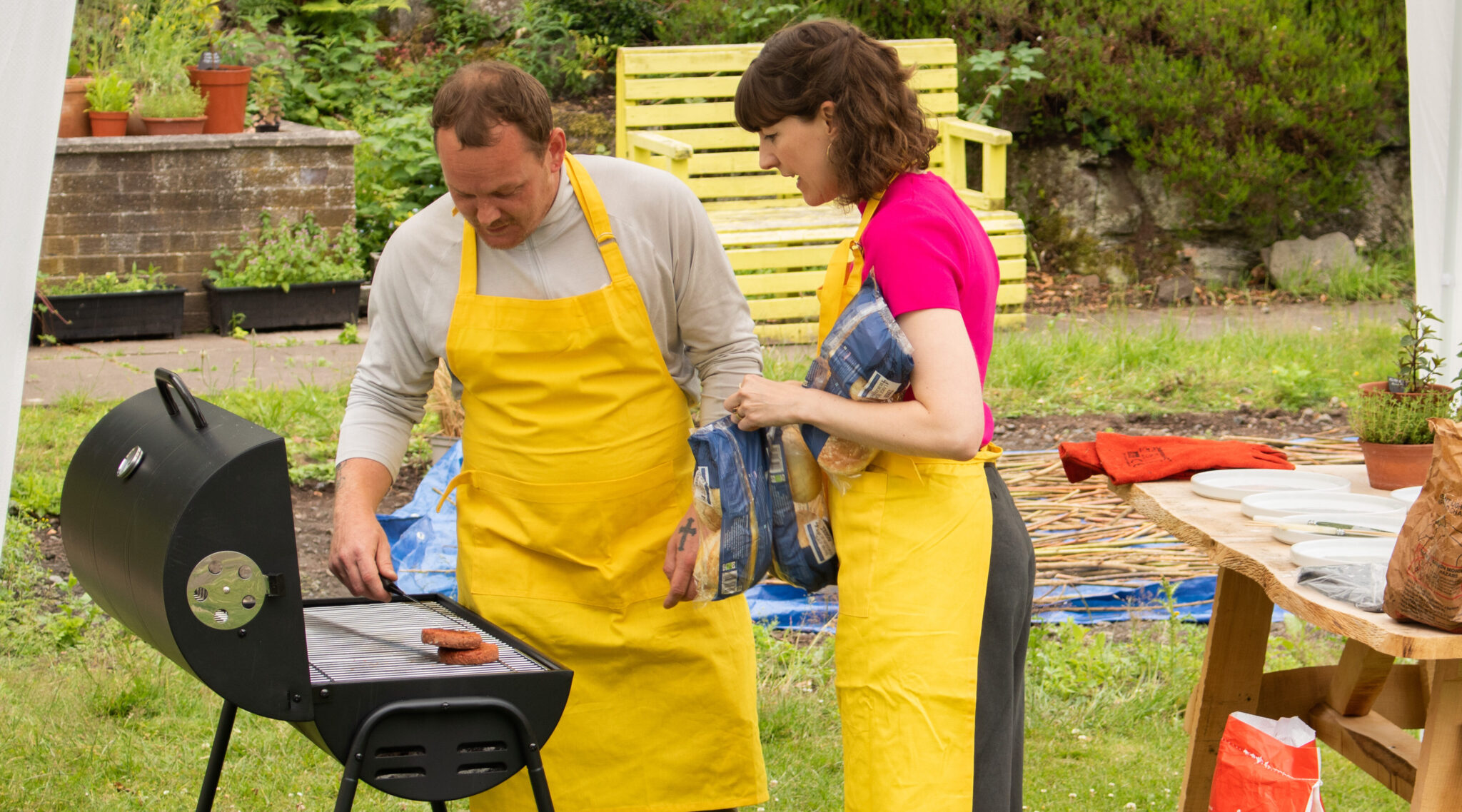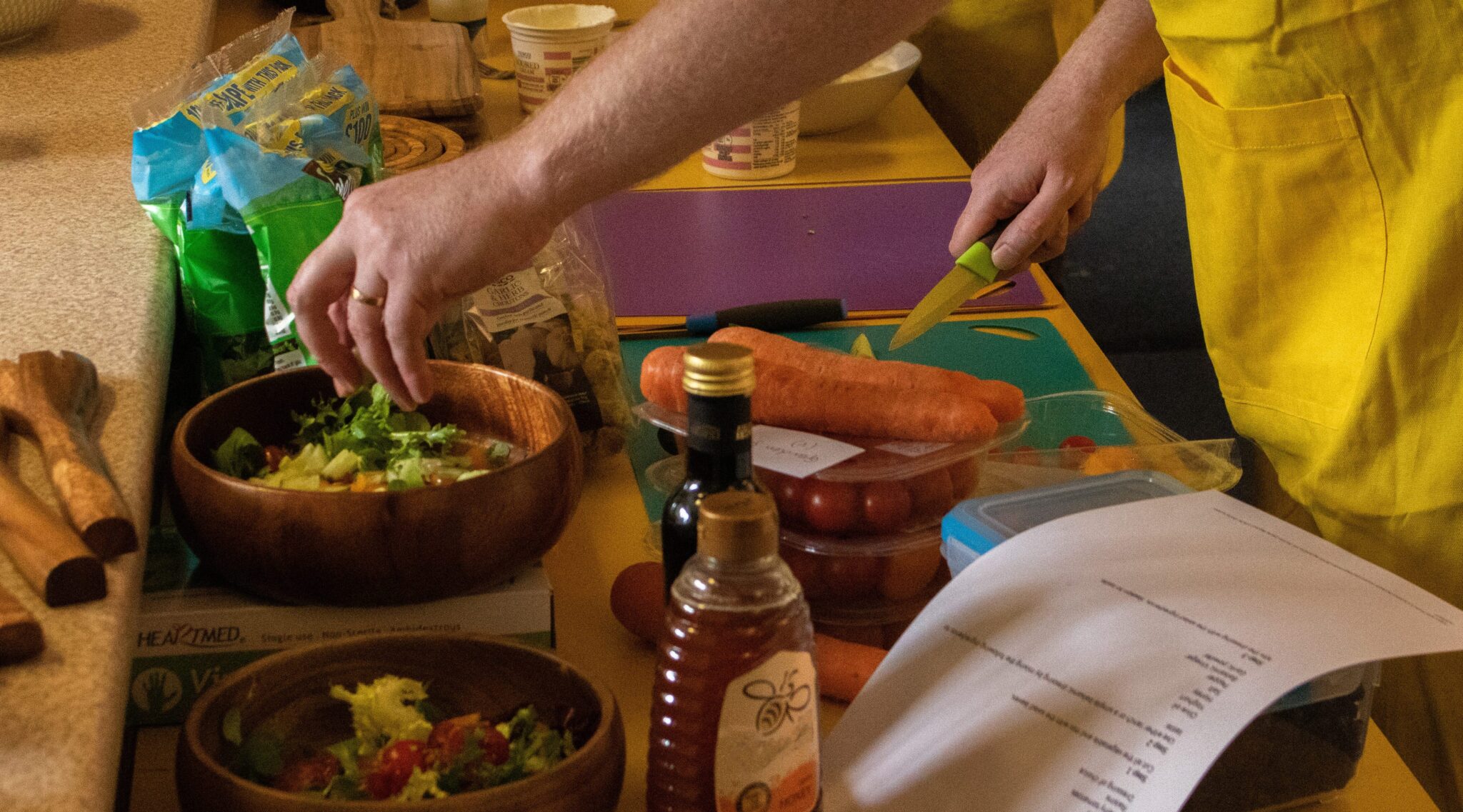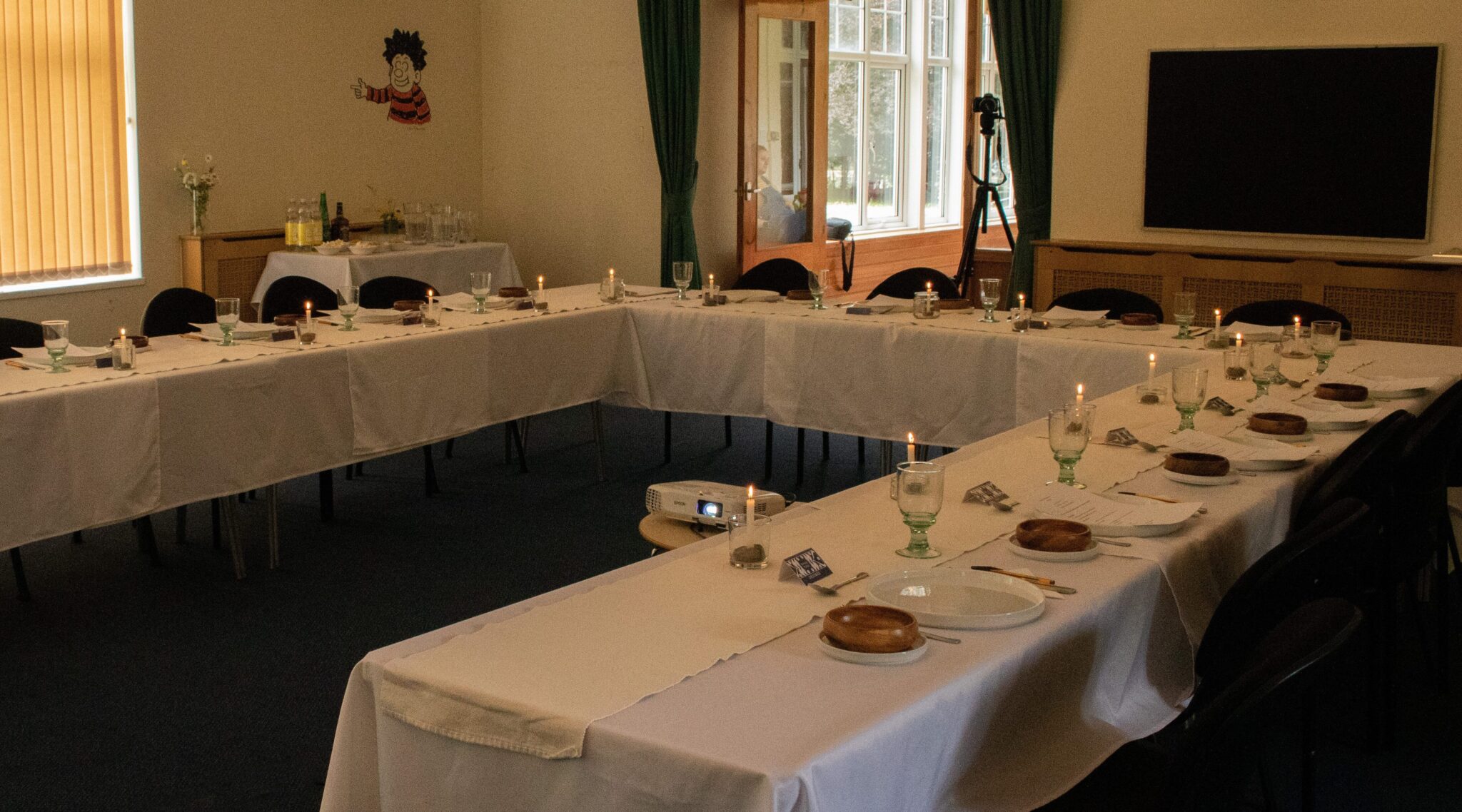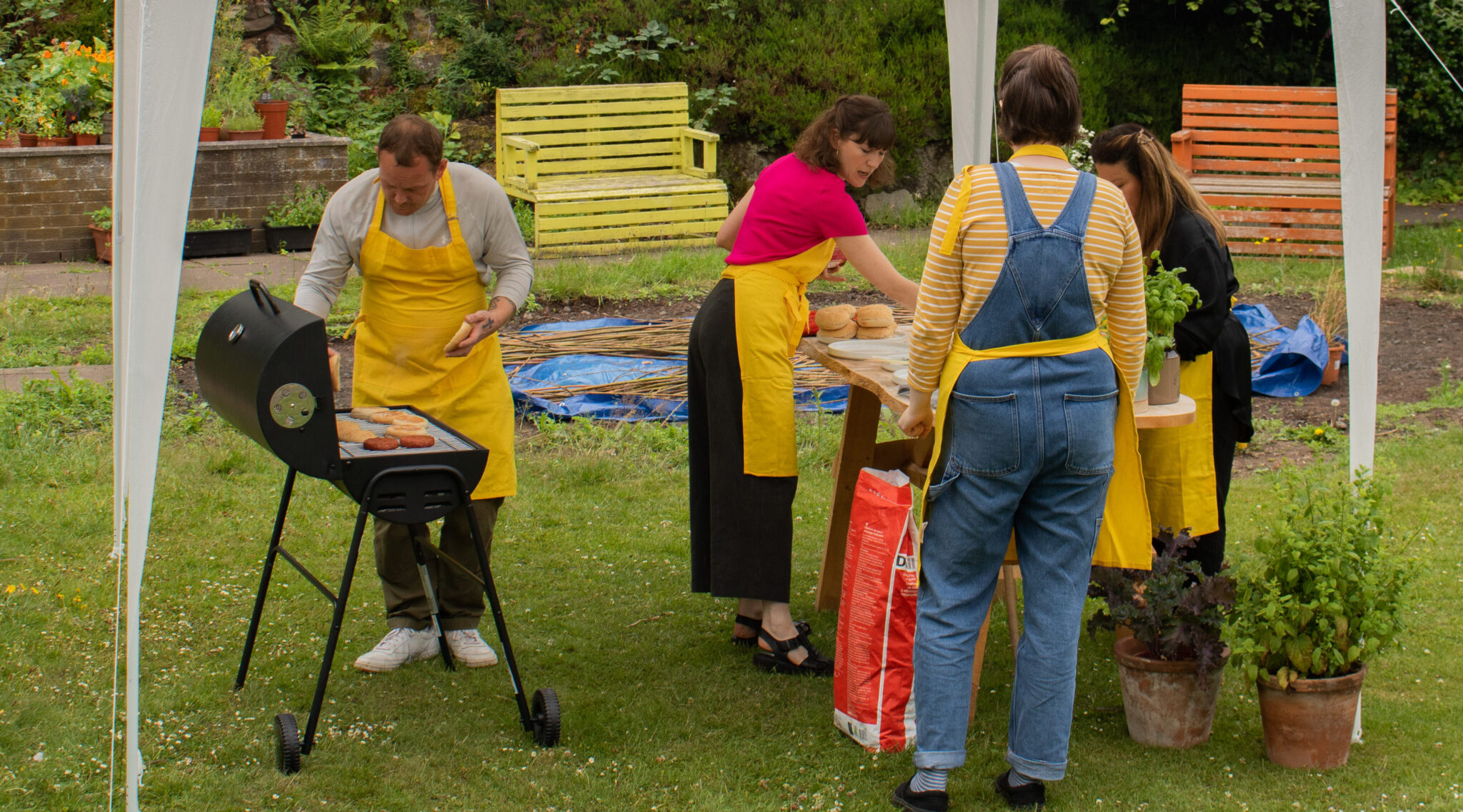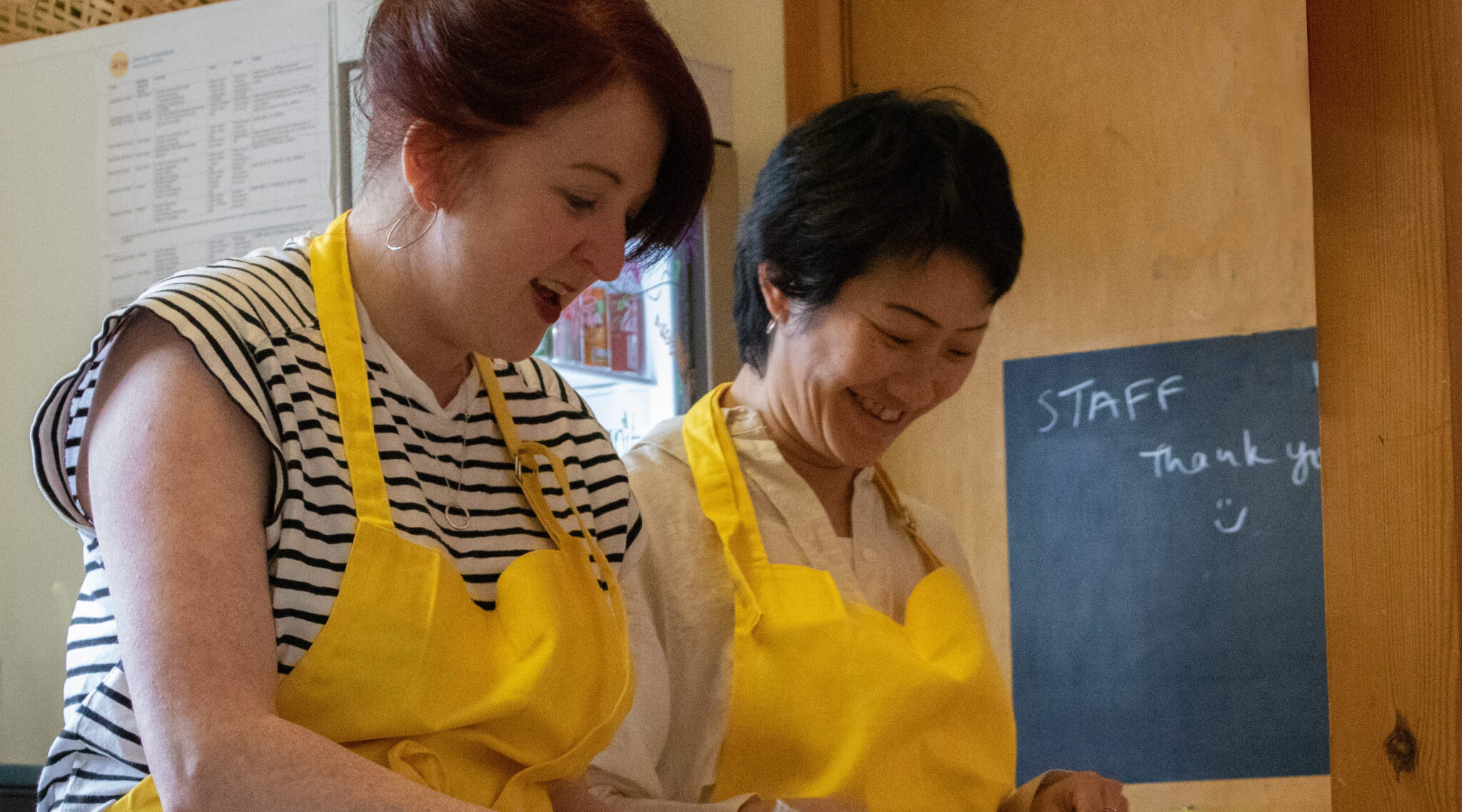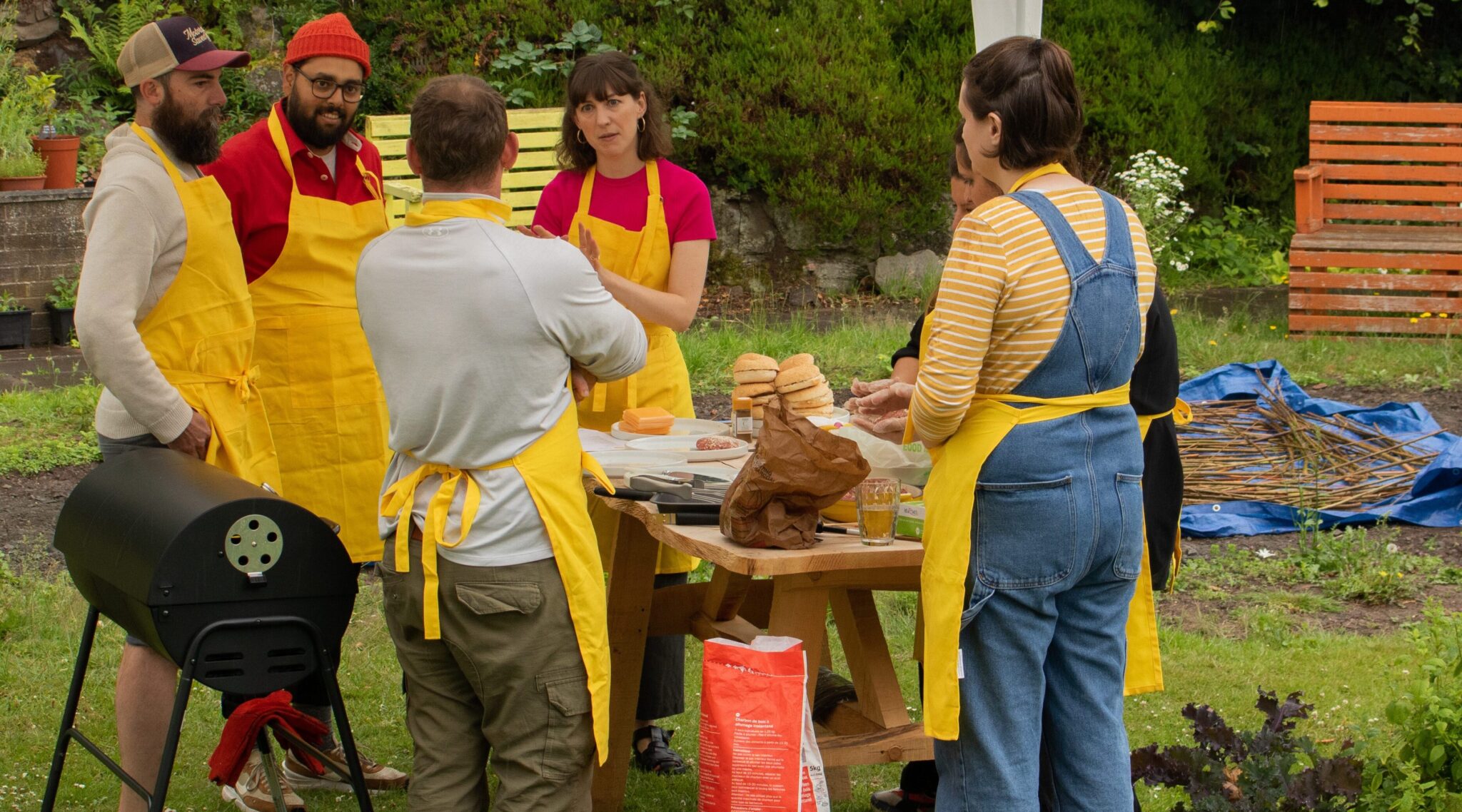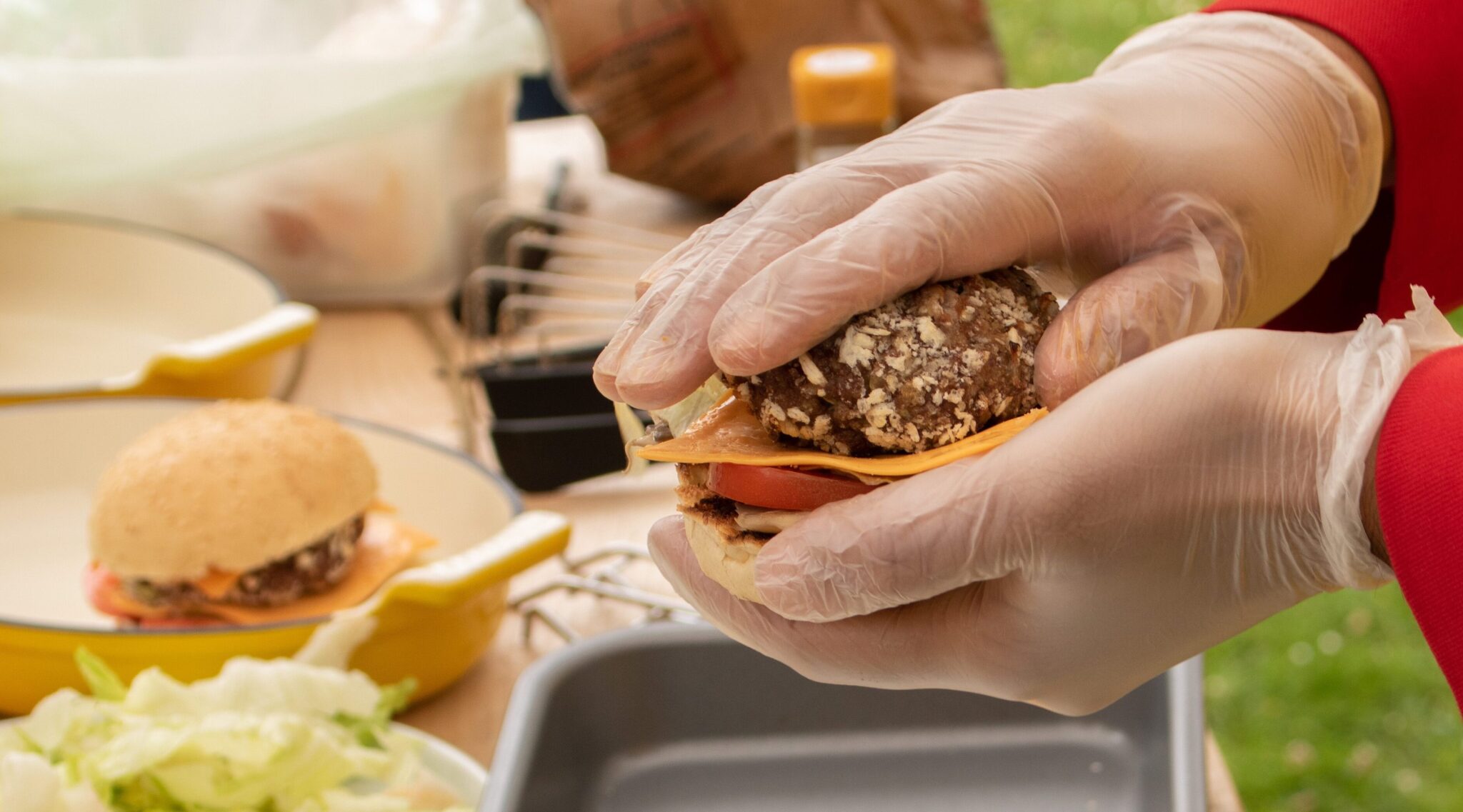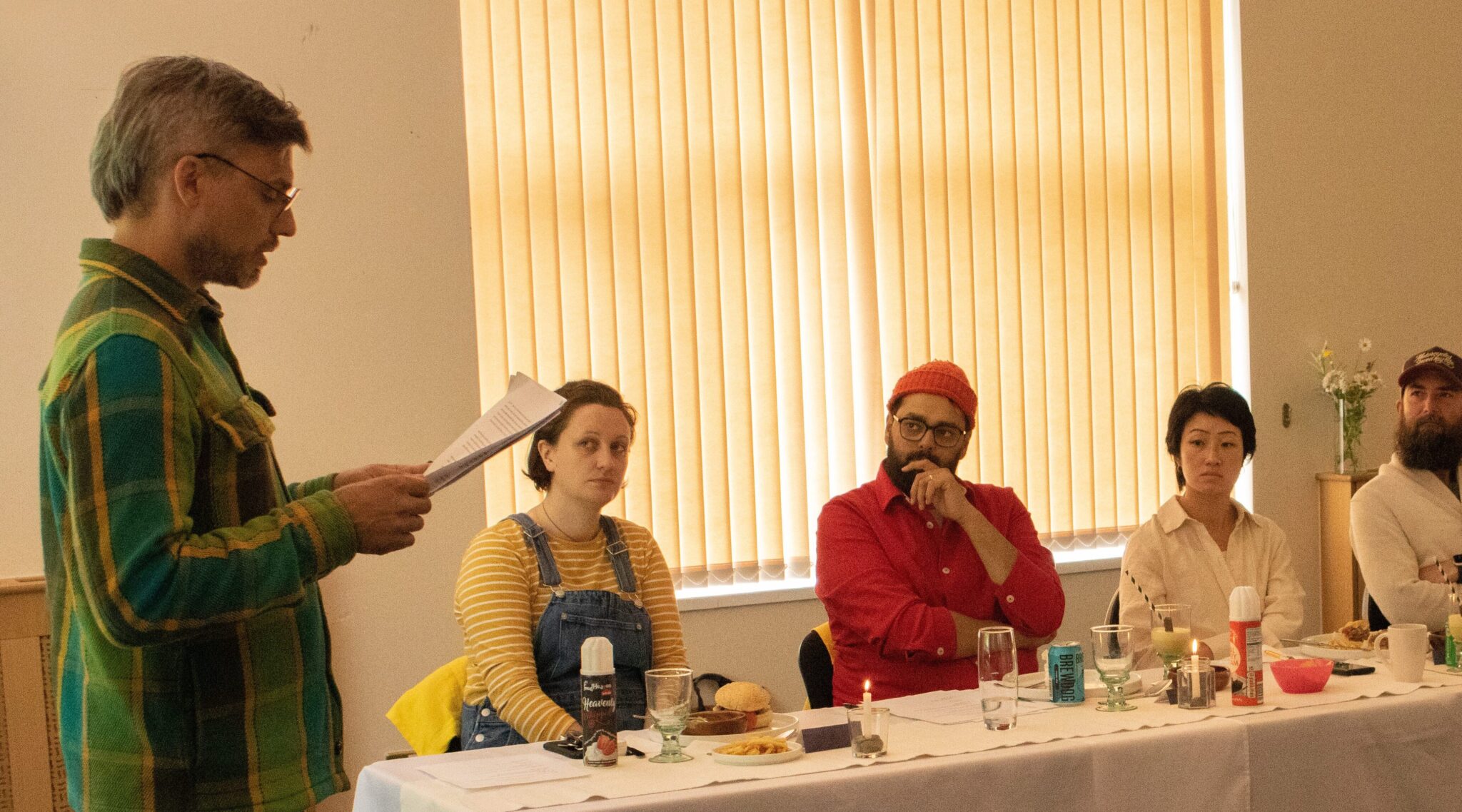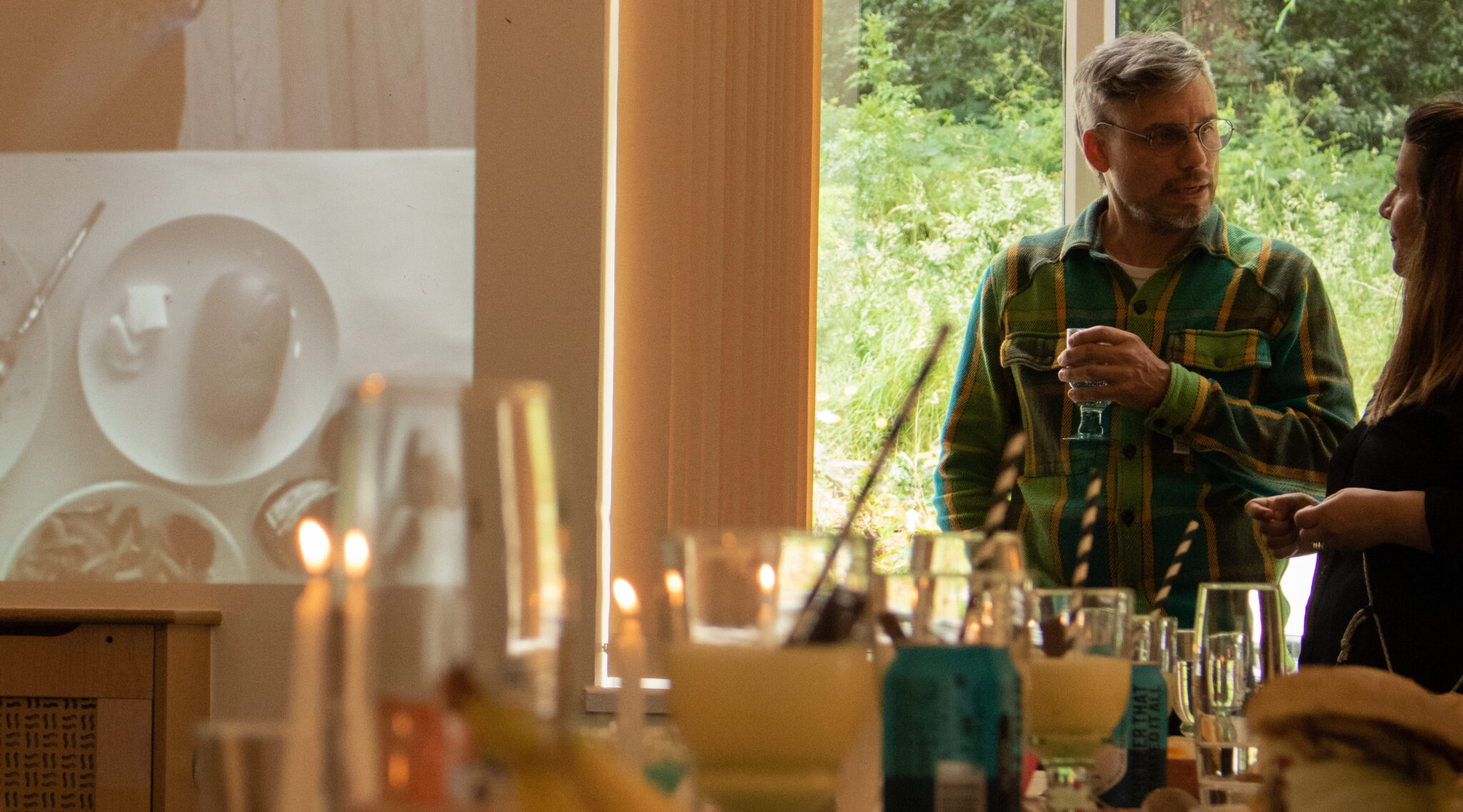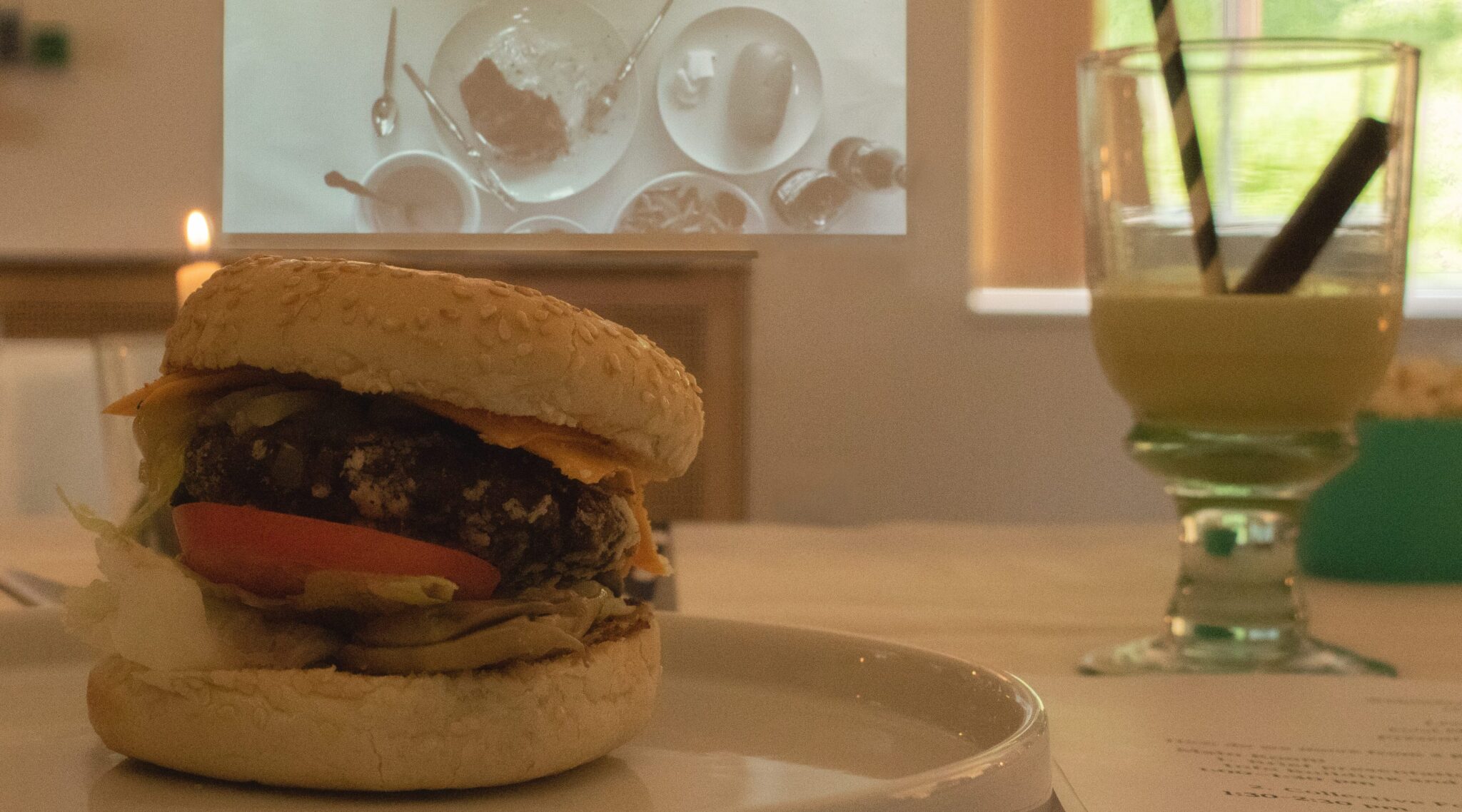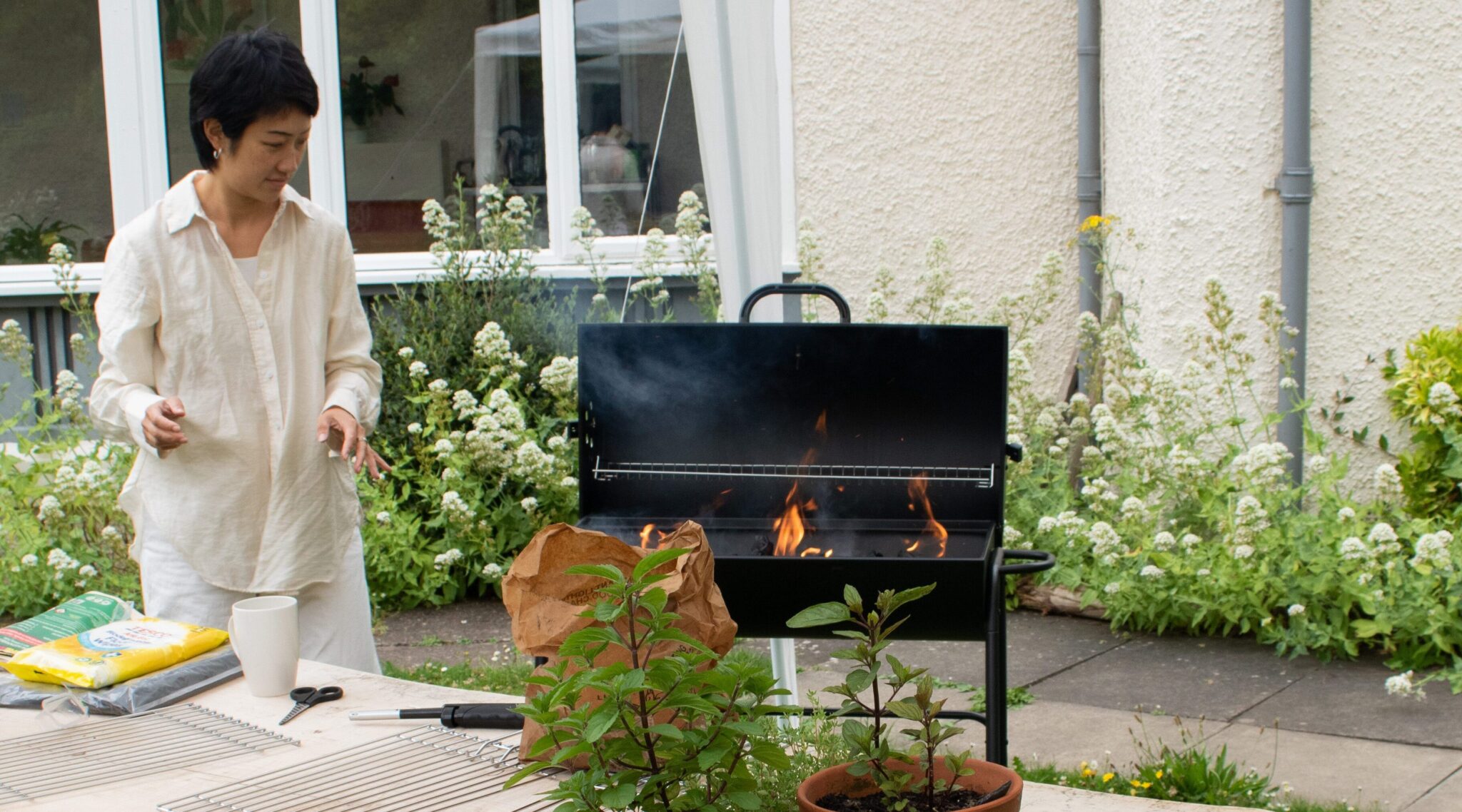About the project
Living Table is a project that invites people to share food and conversations about food. Monthly events will create opportunities for discussion, learning, cooking, eating, and growing.
Led by the G.R.E.E.N. Artist in Residence Désirée Coral Guerra, Living Table is inspired by the life that grows around a table: from the life of insects that pollinate crops to the cultural and political life made manifest in recipes, traditions, and dinner table habits; from micro-organisms to human-migration.
The project will play out over several months and each month we will focus on one ingredient, for example, honey, edible flowers, or potatoes. Each month we will hear from guest artists, experts and prepare and share a meal together.
About the artist
Désirée Coral is an Ecuadorian artist who received her MFA degree from The School of the Art Institute of Chicago. Désirée is currently a Doctoral researcher at the Duncan of Jordanstone College of Art and Design at the University of Dundee in Scotland. She explores and examines early global exchanges from the Americas to the rest of the world and vice versa. She is an artist/researcher at the Botanical Gardens of the University of Dundee. Désirée was the Glasgow Seed Library’s first artist/researcher in residence at the Centre for Contemporary Arts (CCA), Glasgow.
Illustrations by Désirée Coral Guerra. Photographs by Irene Aldazabal.
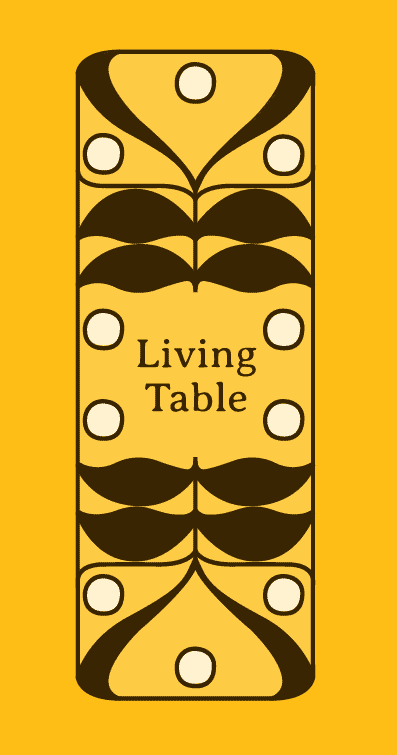
Honey
For the first edition in May 2023, we explored the secrets of honey. The invited speakers were Dr Cath Keay, Clement Boucherit, and Dr Rita Valencia.
Dr Cath Keay is a Dundonian Artist and Lecturer at DJCAD, whose practice focuses on sculpture and architecture as two ways to explore form and materials. She has worked with marine biologists, farmers and beekeepers to create collaborative artworks with farmed animals or so-called ‘pest’ organisms. During her Helen Chadwick Fellowship at British School at Rome, she employed colonies of bees and ants to examine Italy’s legacy of interwar Colonia Estive architecture for children.
Clement Boucherit of the East Neuk of Fife Bees started their career in business development for farms and in agriculture in France. They moved to Scotland in 2014, and have been keeping bees here since 2016, while having other projects in the agri-food area. Since 2020 they’ve been a beefarmer.
Dr Rita Valencia is a researcher on Melipona’s Native American Bees and a Fellow at the University of Glasgow. Rita is an activist scholar born and raised in the Mesoamerican highlands of Mexico City. Moving across disciplines (literature, agroecology, anthropology, and political organizing), she sits uncomfortably in the existing boundaries that divide ways of learning, knowing, and feeling. She was politically formed by the Zapatista uprising and the National University (UNAM) student strike of 1999-2000. She has studied and worked in India, England and since returning to Mexico in 2010 has worked with and for indigenous communities in different capacities in Chiapas, Oaxaca and the Cauca region in Colombia. She has just completed her PhD working and learning about the relationship between native bees, territories, and different ways to resist and re-exist in the midst of the Capitalocene/Plantationcene.
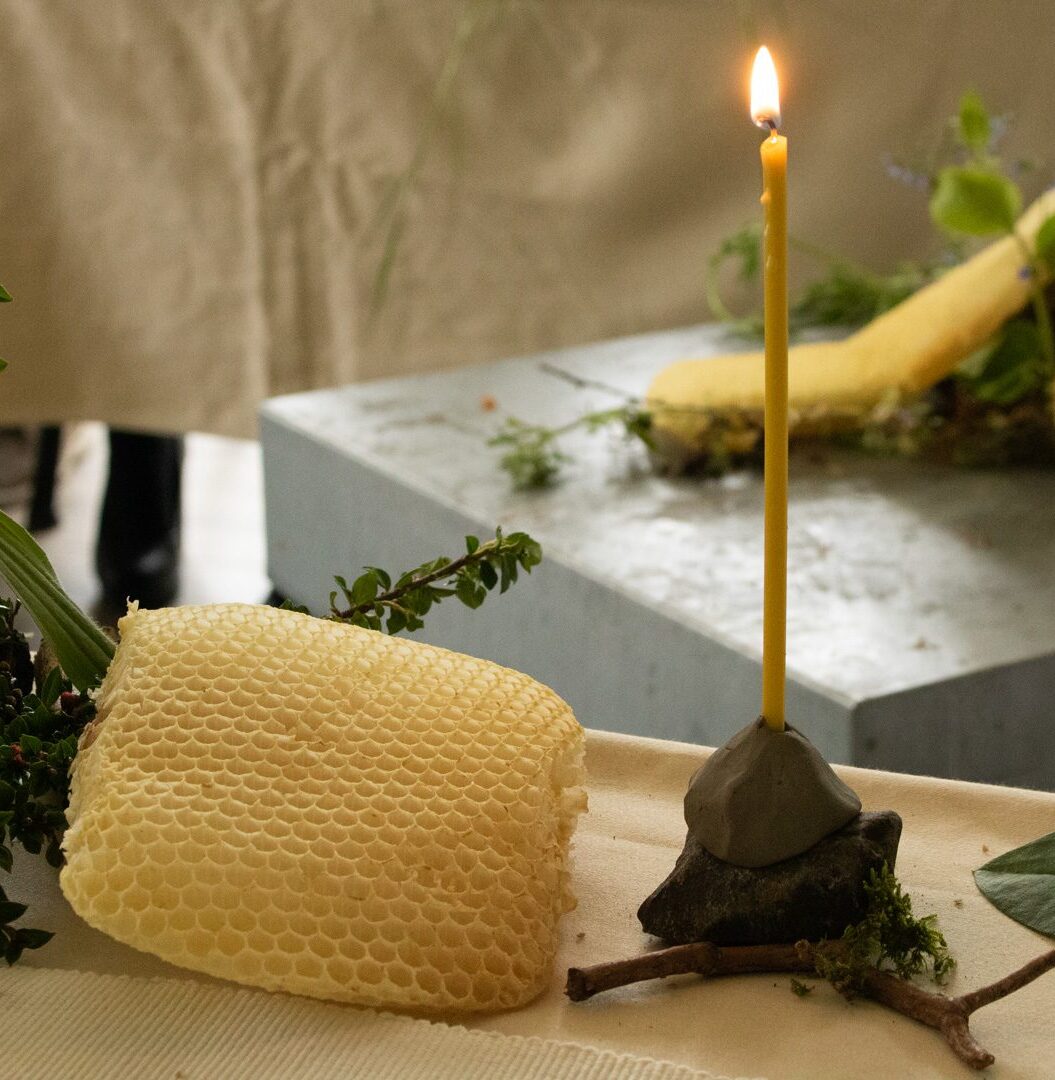
Flora
In this event which took place in July 2023, we explored our relationship with plants. The event presented the research and practice of environmentalist Dr Helena Simmons and artists Amanda Thomson, and Susanne Nørregård Nielsen. Together we will collectively prepared a meal together using flora collected from the art centre’s grounds and gardens. The presentations included different perspectives on power, landscape, identity, and the human relationship to the natural environment rooted in current societal issues such as the environmental crisis, food insecurity, and socio-economic disparity.
Menu:
- Viola tea sandwiches
- Nasturtium poppers with cheese
- Spring rolls with creamy peanut and ginger dipping sauce
- Vegetable ceviche with flowers
- Lemon parfait with flowers
- Honey and lavender ice cream
With drinks including floral jell-O shots and frozen flower cubes.
Full event details can be found here.
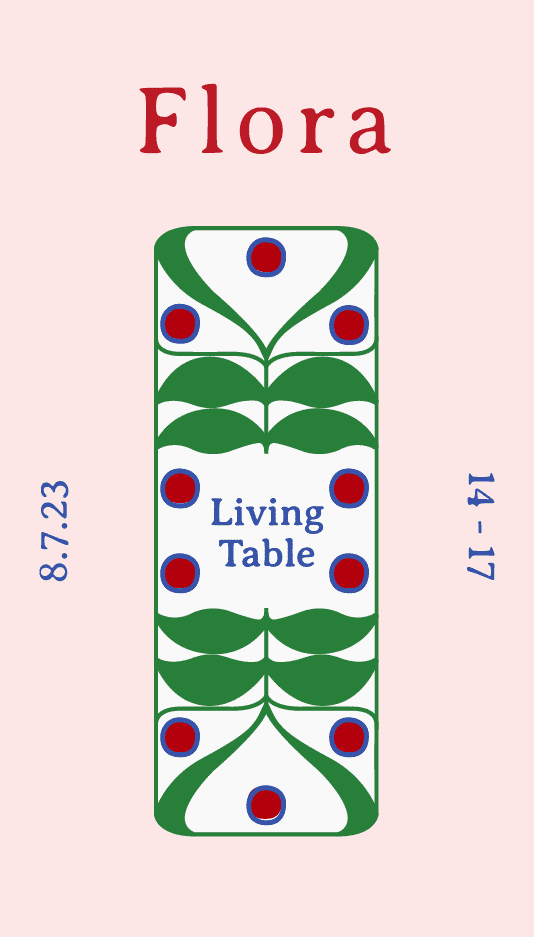
Final Meals
With 515 and counting, Texas has executed the most prisoners since the death penalty was reinstated in the U.S in 1976. Up until 2011, the state gave the condemned inmates the opportunity to request a customized final meal. Following a lavish request by a prisoner, and his ultimate refusal to eat it, Texas abolished the “last meal” tradition. Up until that point, however, the Texas Department of Criminal Justice (TDCJ) made the details of the 310 meals known to the public.
In their ongoing project Final Meals, the collective, Lucky Pierre, has been performing and filming people eating these meal requests. In the early stages of the work, Lucky Pierre members prepared and ate the meals, and later on cooked them for others. Recently they created a singular and contemplative performance for one, as they ask a volunteer to sit with a meal prepared for them for 25 minutes while being filmed from above. The volunteer choose to either eat the food or not. The volunteers are later invited to have a communal dinner, while watching and discussing the growing archive of video footage of the performances.
Menu:
- Banana, peach and garden salad with ranch dressing (V) (February 3, 1998)
- Chef salad with ranch dressing (January 31, 2002)
- Double meat cheeseburger (all the way) (January 31, 2002)
- French fries with ketchup (January 31, 2002)
To drink, a proper chocolate milkshake.
Full event details can be found here.
